Sacred Rituals & Spiritual Practices to Experience on Your Buddhist Pilgrimage Tour
Immerse yourself in the soul-stirring rituals that define Nepal’s Buddhist heritage. Participate in morning prayers at the ancient Swayambhunath Stupa, where monks chant mantras as the first light touches the golden spire. Light butter lamps at Boudhanath, a UNESCO World Heritage Site, and feel the energy of pilgrims circling the stupa in quiet contemplation.
Many travelers also join meditation sessions led by resident lamas in hidden monasteries like Kapan’s. These immersive experiences aren’t just tours – they’re a bridge to inner peace, designed to renew you spiritually.
How to Prepare for a Buddhist Pilgrimage Tour in Nepal: A Traveler’s Checklist
Packing for a spiritual journey? Start with respect. Bring modest clothing (think covered shoulders and knees) for temple visits, and sturdy shoes for exploring ancient sites like Lumbini’s Sacred Garden. Don’t forget a reusable water bottle – many monasteries offer blessed water to pilgrims.
A journal is also essential; you’ll want to reflect on moments like walking the same paths as Buddha or receiving a blessing from a Rinpoche.
Pro tip: Carry local currency (Nepalese rupees) for offerings, and check visa requirements early.
Our team handles permits and logistics so that you can focus on the journey within.
Why a Customizable Buddhist Pilgrimage Tour Lets You Travel Deeper
Not all pilgrims seek the same path. You may want to spend hours meditating in the caves of Pharping, where Guru Rinpoche attained enlightenment. Or perhaps you’d like to include a homestay with a Tibetan Buddhist family in Pokhara.
Unlike rigid group tours, we craft journeys that align with your spiritual goals. Extend your stay in Lumbini to study scriptures, add a mindfulness retreat in the Himalayas, or focus on photography at lesser-known sites like Namo Buddha.
This isn’t just a tour—it’s your pilgrimage, shaped by what moves you.
Itinerary
Arrive in Kathmandu
Upon your arrival in the Kathmandu airport (TIA) you will be greeted by a representative from Himalayan Holidays Nepal. After completing your custom requirements (Visa, etc) pick up your luggage and wait for our representative with a Himalayan Holidays Nepal display board at the arrival gate. You will be subsequently moved to a Hotel. After check in, you can take a rest or visit our office. In the evening, there will be a welcome meal presented by Himalayan Holidays Nepal. For supper, you will be served delicious real Nepalese cuisine which will introduce you to the Nepalese food culture.
Overnight at Kathmandu.
Visit Boudhanath, Some Monasteries at Boudha & Kapan Monastery
Today we pay our visit to Boudhanath Stupa, one of the largest stupas in the world and a significant Buddhist pilgrimage. The unique octagonal Mandala design with hundreds of prayer wheels and the 108 pictures of the Buddha put into the niches surrounding the massive edifice. The area of Boudhanath is also notable for around 50 Tibetan Gompas or monasteries, also known as the ‘Little Tibet’. The Kapan Monastery in Kapan Hill, a few kilometers higher north from Boudhanath is also known as Nepal Buddhist Mahayana Centre. Kapan Monastery follows the Gelug lineage of Tibetan Mahayana Buddhism under the direction of Lama Zopa Rinpoche. There is also a nunnery adjacent to the main monastery, known as the Khachoe Ghakyil Ling Nunnery, home to roughly 400 nuns.
Overnight at Kathmandu.
Visit Swayambhunath & Drive to Pokhara
We drive to Swoyambhu Stupa in the morning, which is one of the oldest Buddhist structures in the world with more than 2000 years of history and also an important Buddhist pilgrimage. According to mythology, the civilization of Kathmandu Valley itself began with Swoyambhu, which literally means “the self-existent.” It is reported that Bodhisattva Manjusri came across a lovely lake while traveling and observed a lotus, with thousand golden petals, diamond pistils, ruby anthers, and lapis lazuli stalks. The tale further relates that the lotus seed was planted on a full moon night by Bipaswi Buddha himself. In the course of time, Santikarcarya, the king who changed into a Bhikkhu or a monk, constructed the first stupa on the holy place. After touring Swayambhunath, we undertake a 6-hour trip to Pokhara in the afternoon to pay our visit to other Buddhist sites there.
Overnight at Pokhara.
Pokhara: World Peace Pagoda, Malepatan Gumba, Hyangja Tibetan Refugee Camp
Today we visit some Buddhist landmarks in Pokhara and also appreciate the nature’s magnificence. The huge Buddhist stupa of World Peace Pagoda was constructed by Buddhist monks from the Japanese Nipponzan Myohoji organisation on a narrow hilltop high above Phewa Tal. Besides being a cultural landmark, the place is particularly famed for the panoramic vista it affords of the Pokhara Valley. We cross the Phewa Lake on a boat and then climb to the Stupa. Then we will visit the Malepatan Gomba or monastery in Malepatan. Then we undertake another climb to Hyangja, the site for the Tibetan refugee camp who fled Tibet after the Cultural Revolution in China. You may try the Tibetan variety of delicacies, negotiate for curios, and at the same time acquaint yourself with the Tibetan culture. There is the Tashi Palkhiel monastery in the Karma Kagyu tradition.
Overnight at Pokhara.
Drive to Lumbini
We drive to Lumbini today – around 290 kilometers south-west from Pokhara which takes about 6-7 hours. We bid goodbye to the Himalayas at Pokhara, and move into a more flat plains of Nepal’s Terai. Generally, the weather gets hot and humid in the plains unless in the winter. Perhaps, Lumbini is the most important Buddhist pilgrimage destination — the place where Buddha was born. When we reach Lumbini around the twilight hour, we can wander around the local market to have a look into the native culture.
Overnight at Lumbini.
Full Day Explore Lumbini
Lumbini is one of the world’s biggest religious, architectural, and historical places. We concentrate today’s time in visiting as many sights and sites in Lumbini as possible. The place is truly a huge region containing monuments, temples, and ancient sites making it a UNESCO World Heritage Site. First we visit the Mayadevi temple which is built on the exact site where Buddha was born. We spend some time roaming around the gardens. We also visit the museum and peace pagoda. Some of the major landmarks and structures in Lumbini include: Ashoka’s Pillar erected by Emperor Ashoka (249 BC) on the location of Buddha’s birth which also bears the oldest inscription in Nepal. There are various Buddhist Temples constructed by the devotees from many countries: Tibetan, Chinese, Japanese and Burmese, Korean, etc.
Overnight at Lumbini.
Drive back to Kathmandu
We are nearing the end of our Buddhist Pilgrimage Tour. We drive back toward Kathmandu today – roughly 300 kilometers trek up the twisting mountain road. The trek would take roughly 6-7 hours. Upon arriving in Kathmandu, you will be transported to your accommodation. To celebrate the successful conclusion of our adventure, we will enjoy a goodbye supper.
Overnight at Kathmandu.
Fly Home
Your Buddhist Pilgrimage Tour in Nepal concludes today. Approximately 3 hours before your scheduled flight a representative from Himalayan Holidays Nepal will bring you to the airport. On your return home you’ll have plenty of time to plan your next adventure in the magnificent country of Nepal.
Inclusions
Cost Includes
- All ground transportation including Airport pickup/drop, sightseeing etc
- Hotels at Kathmandu as per itinerary with B/B twin sharing basis plan
- Hotels at Lumbini as per itinerary with B/B twin sharing basis plan
- Flight fare to Lumbini from Kathmandu includes tax
- Flight fare to Kathmandu from Lumbini includes tax
- All Entrance fee
- Highly experienced tour guide and staff
- Farewell supper in Kathmandu.
- Toll tax fee, driver allowance
Cost Excludes
- Visa fees
- International air fare
- Personal expenses (phone calls, laundry, bar bills, or extra porters)
- Travel and rescue insurance
- Lunch and evening dinners in Kathmandu and Lumbini
- Tips for guides and drivers as per your demand
Reviews
Frequently Asked Questions
Our tour is designed for both first‑time visitors and seasoned pilgrims. You’ll explore UNESCO World Heritage sites like Boudhanath Stupa and Swayambhunath, spend a meditative day at Namo Buddha Monastery, and walk among ancient ruins in Lumbini, the birthplace of Buddha.
Nepal’s shoulder seasons—September to November and March to May—offer the most pleasant weather for temple visits and mountain vistas. The skies are clear, temperatures are moderate, and you’ll avoid the heavy monsoon rains (June–August) and winter chills (December–February). Planning your Buddhist pilgrimage tour in Nepal during these windows also lets you experience festivals like Dashain, Tihar, and Losar, adding cultural vibrancy to your spiritual journey.
Our itinerary is paced for comfort and plenty of rest. Standard walking shoes or light hiking boots are sufficient. If you can comfortably climb a few flights of stairs and walk on flat terrain, you’re ready.
Every booking comes with:
- Accommodations: 3‑star hotels in Kathmandu, heritage lodges in Lumbini, and a cozy guesthouse at Namo Buddha
- Meals: Daily breakfast, traditional Nepali lunches, and Thangka viewing ceremonies with tea
- Transport: Private van with A/C and an experienced driver
- Guiding: Certified Buddhist‑specialist guide and local temple priests for puja ceremonies
- Permits & Fees: All park and heritage site entrance charges


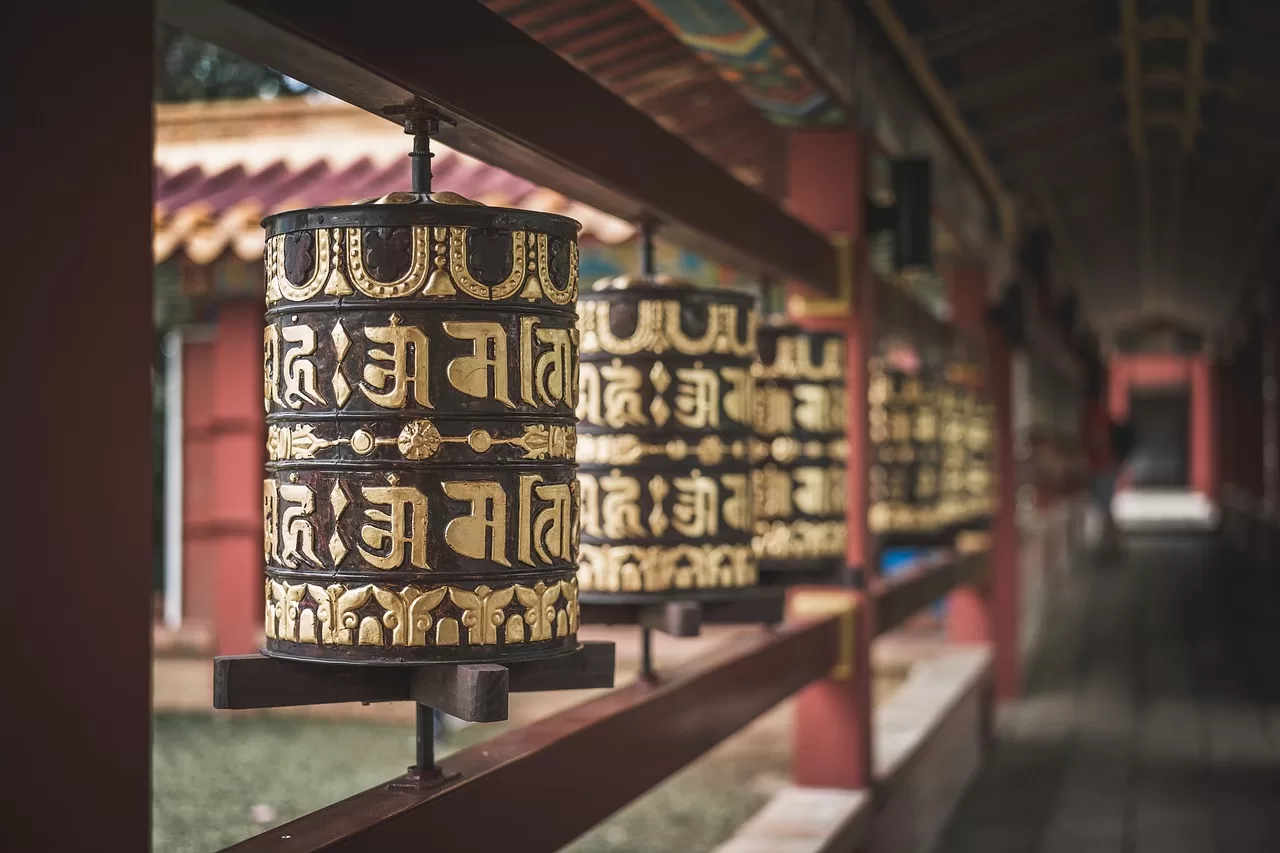

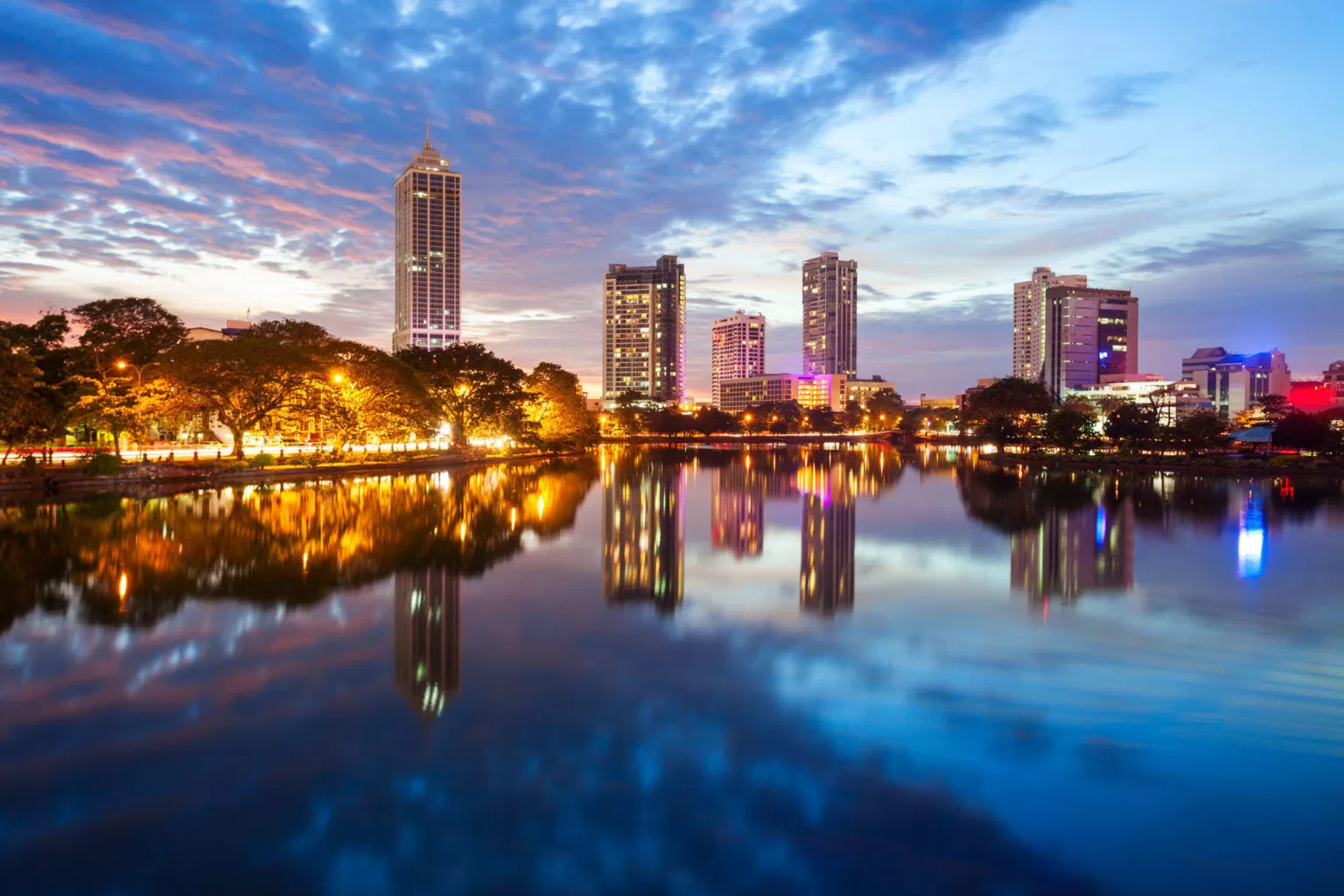
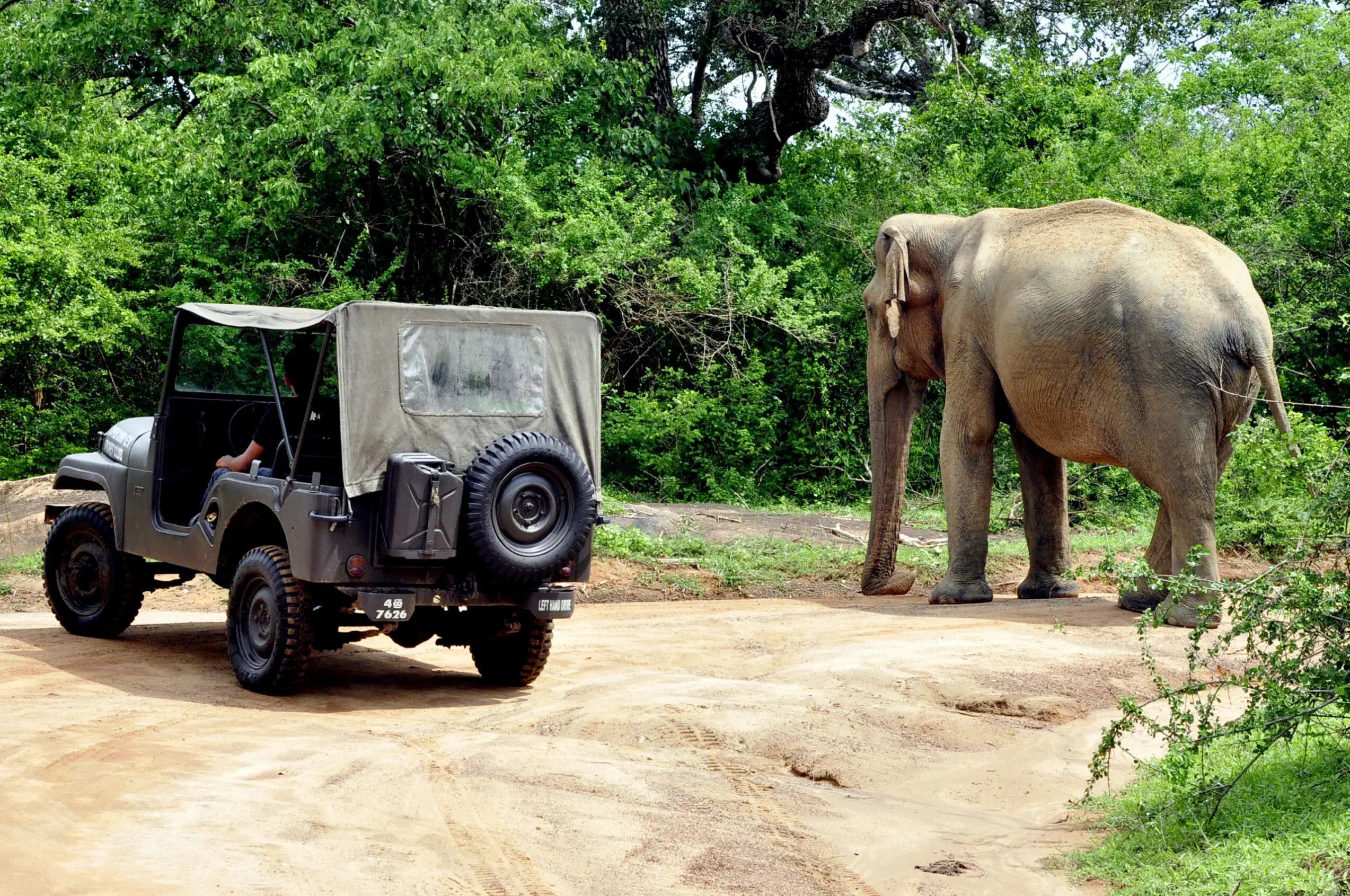
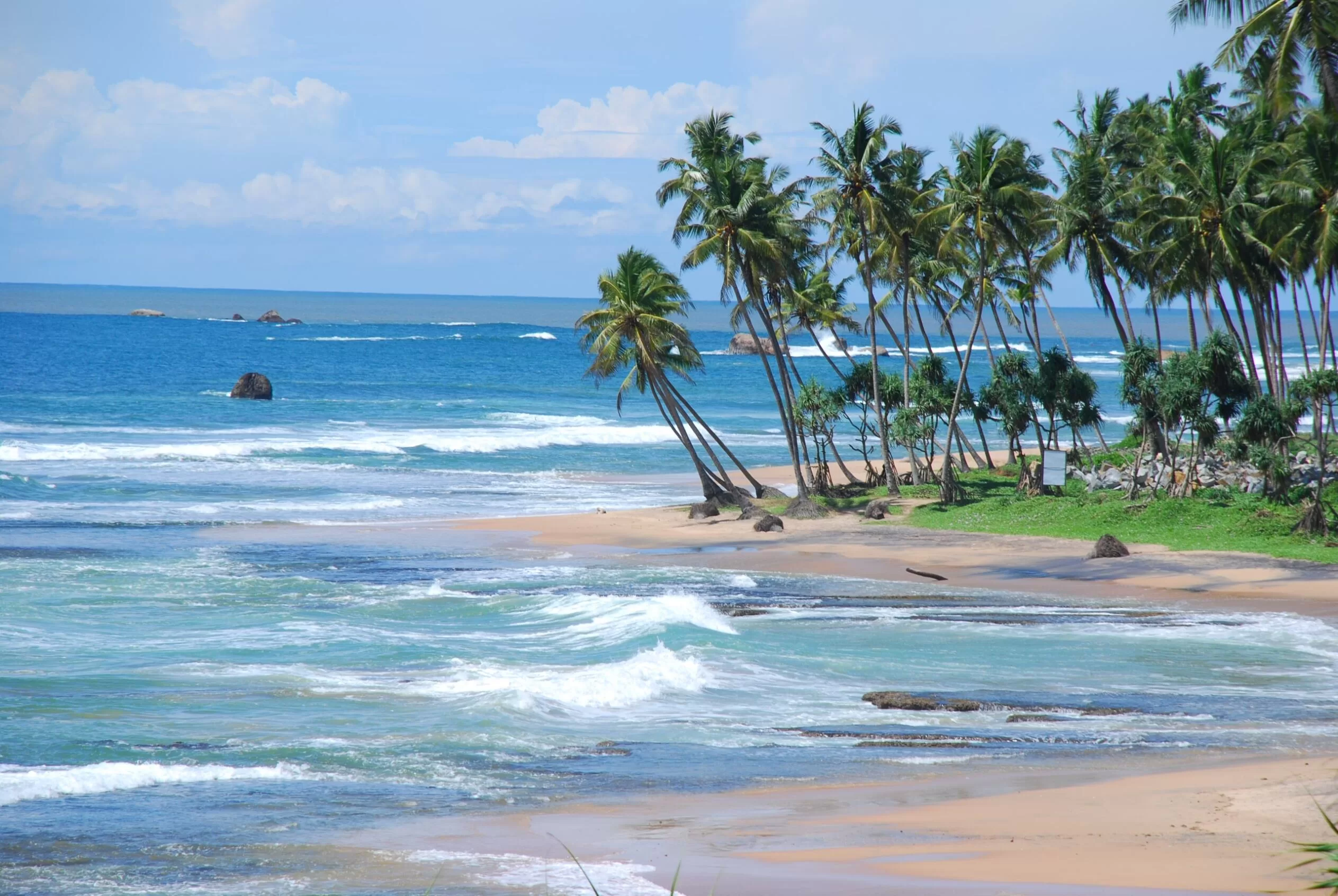
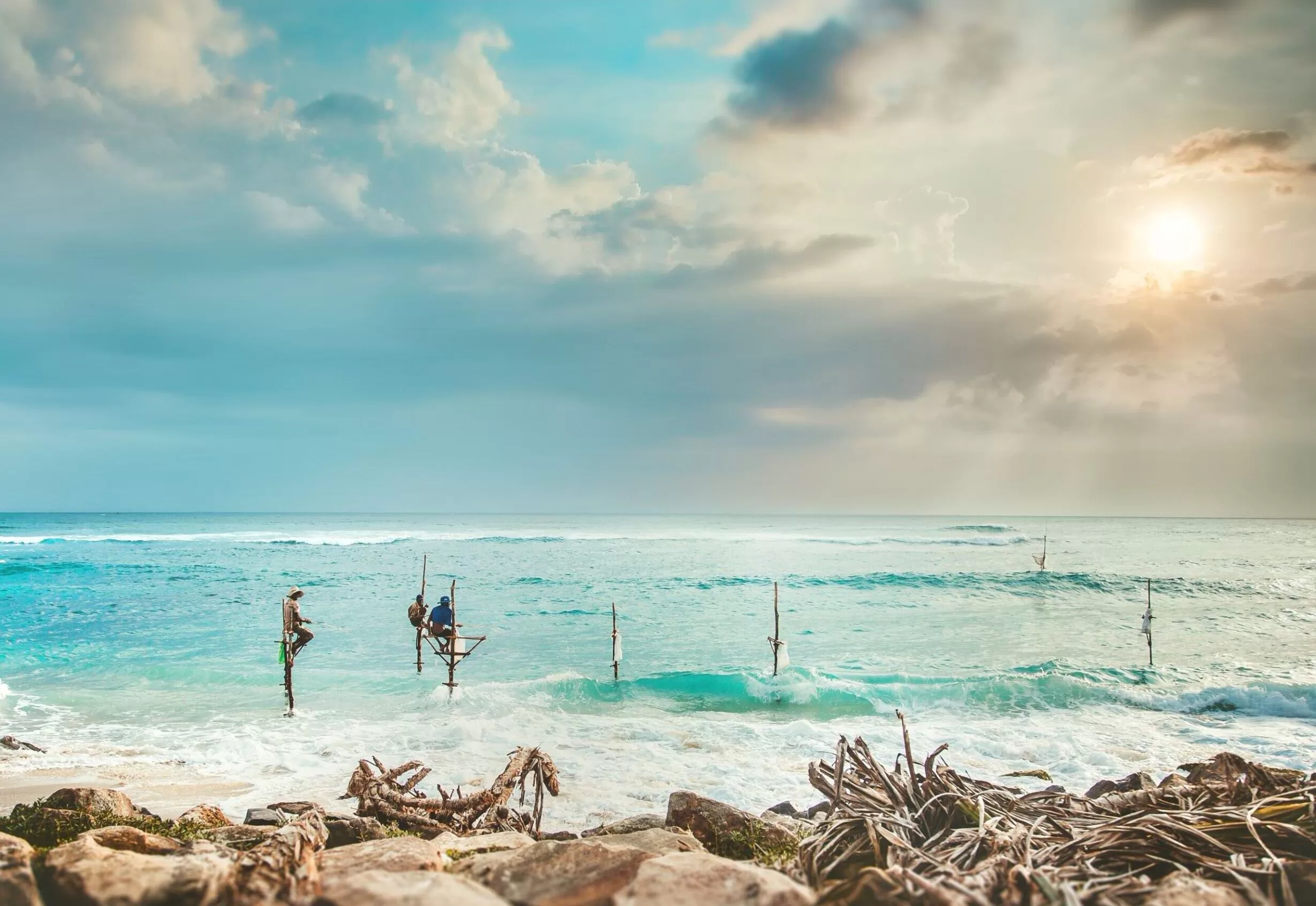
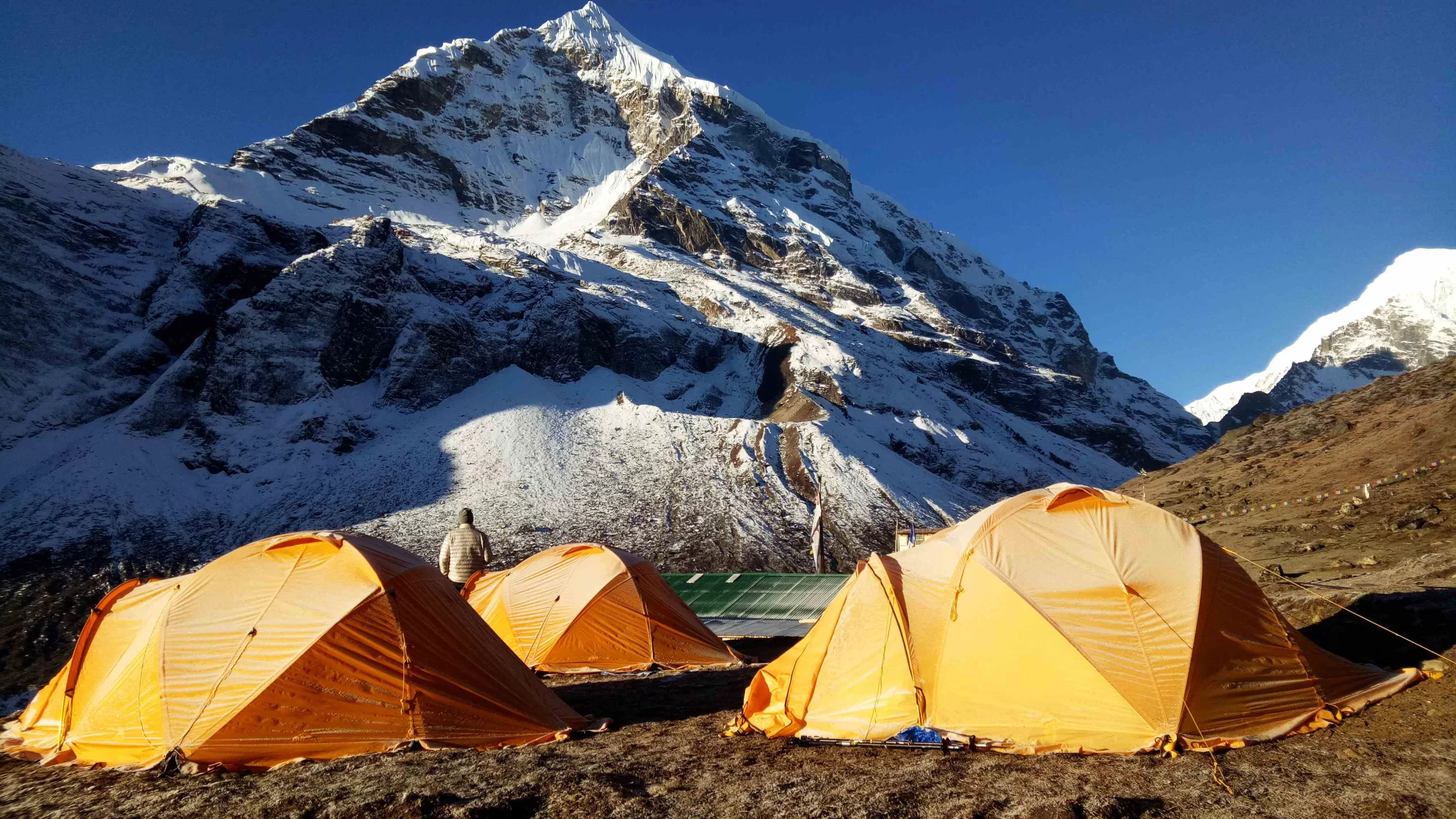
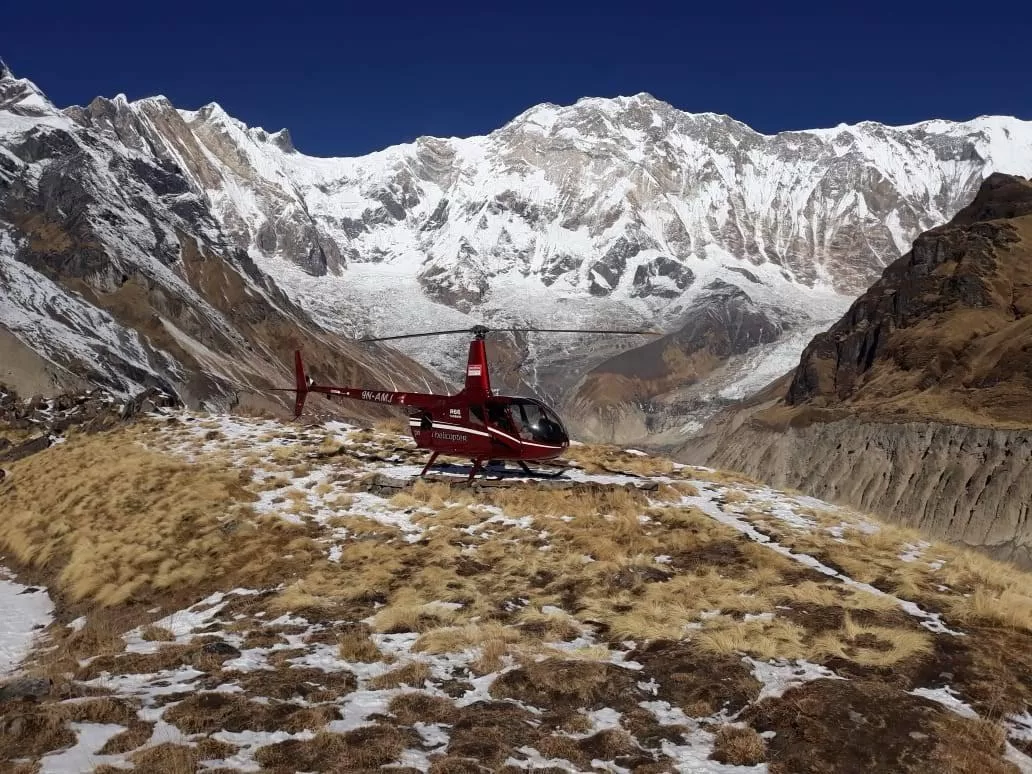
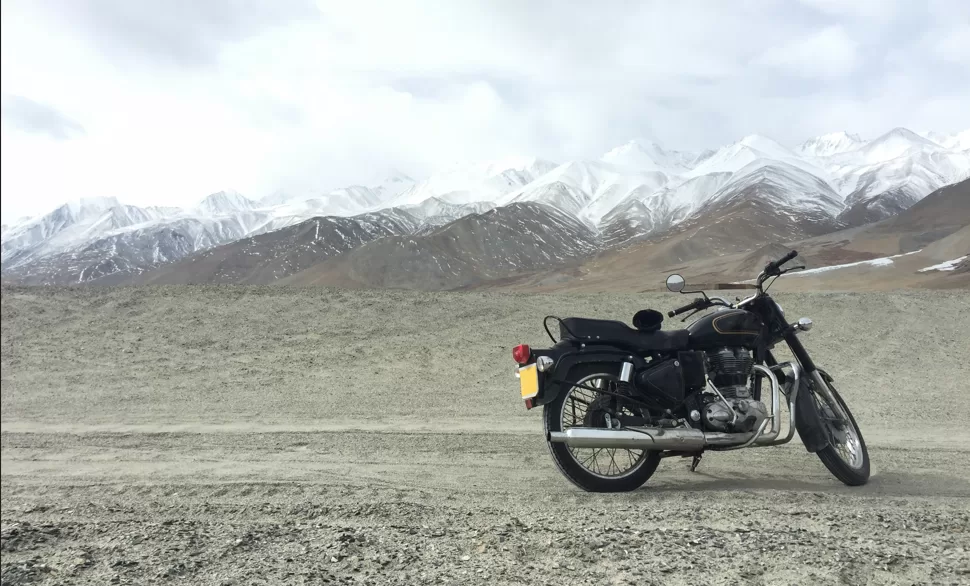

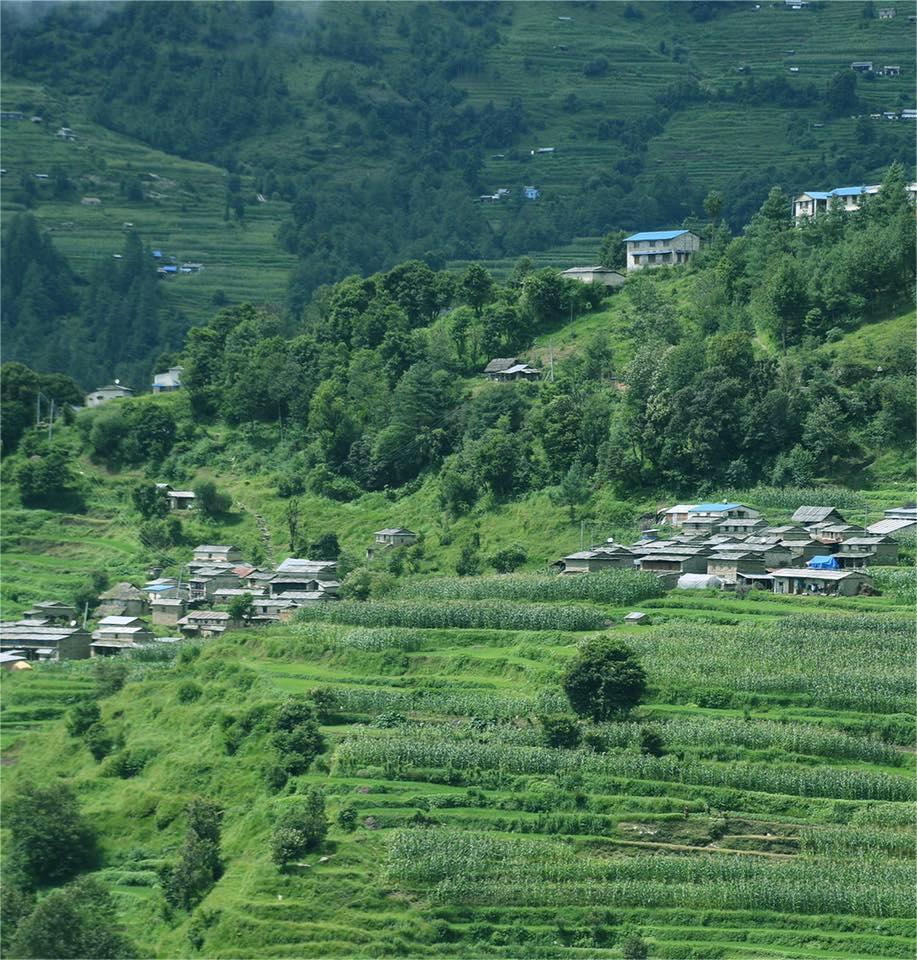
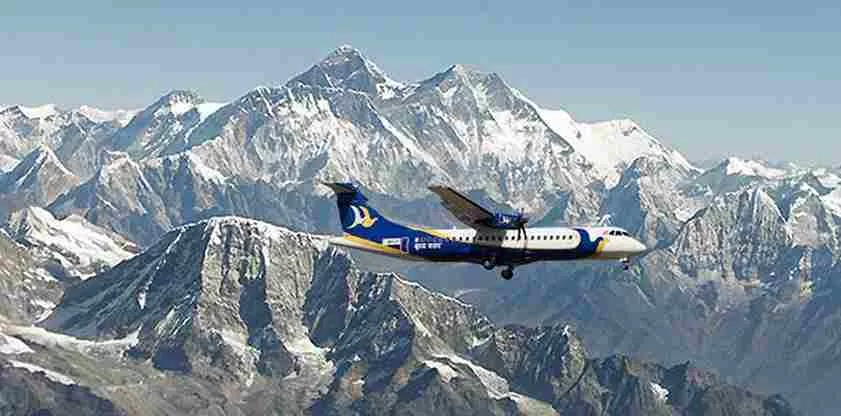
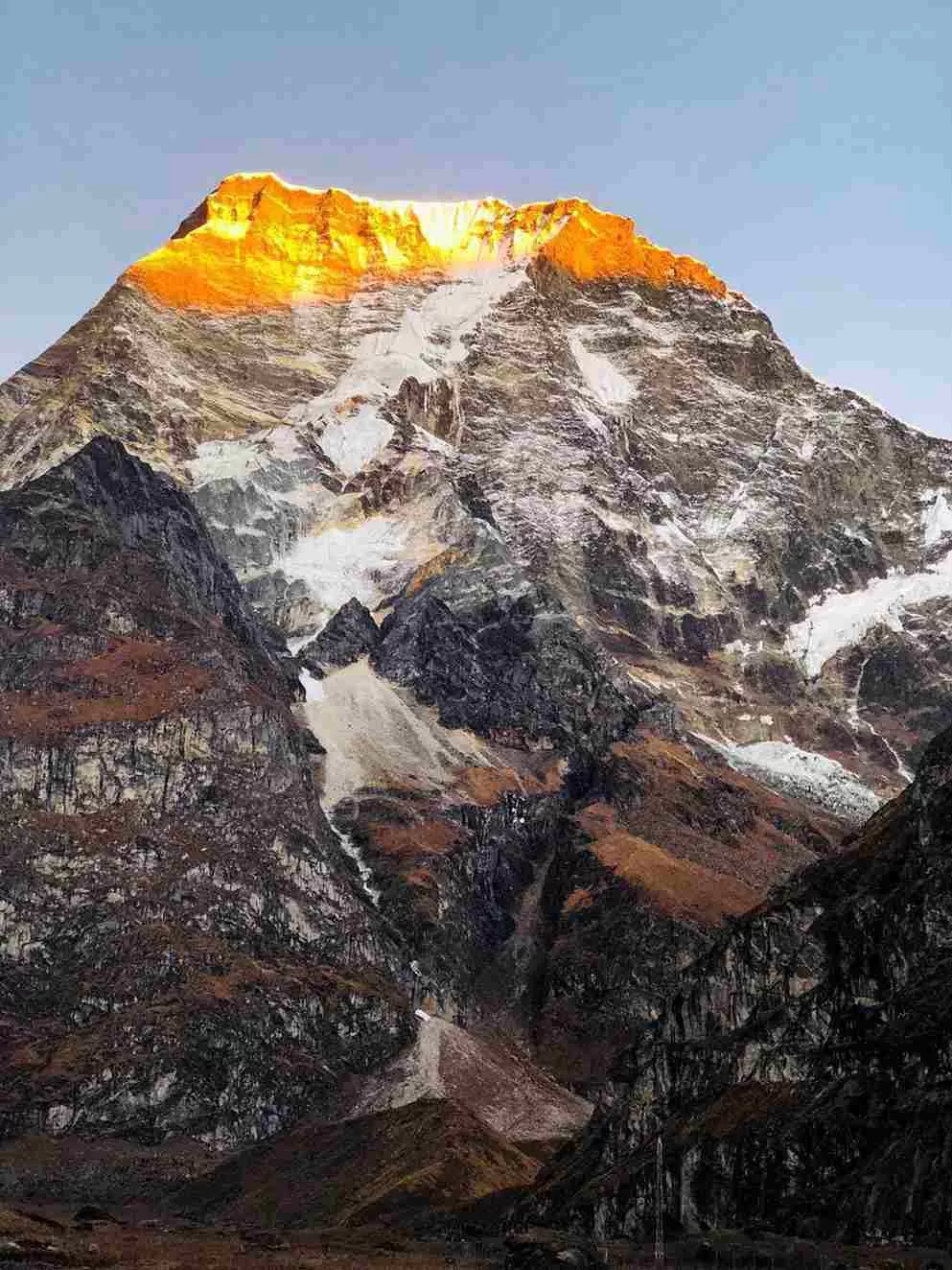
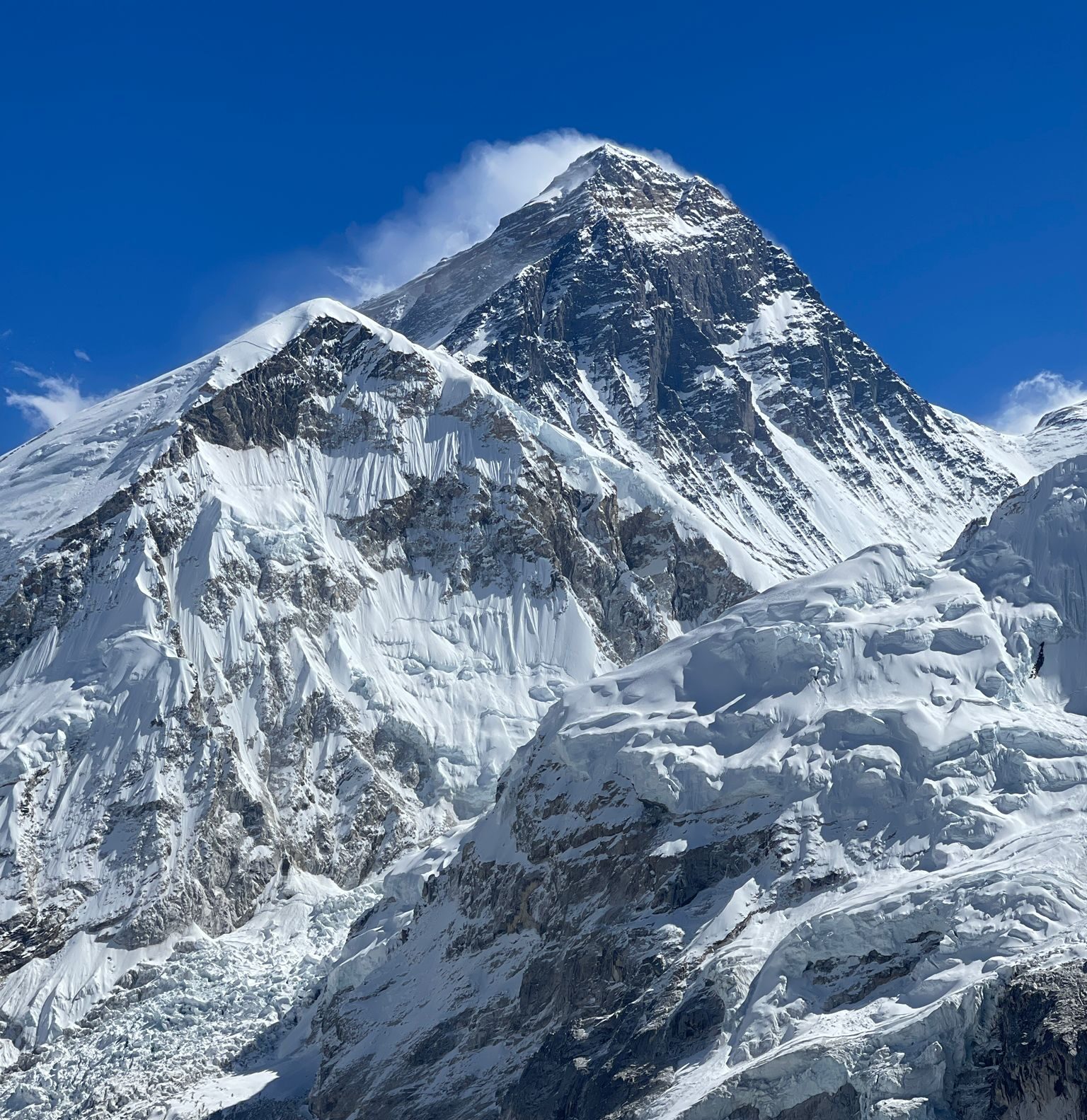
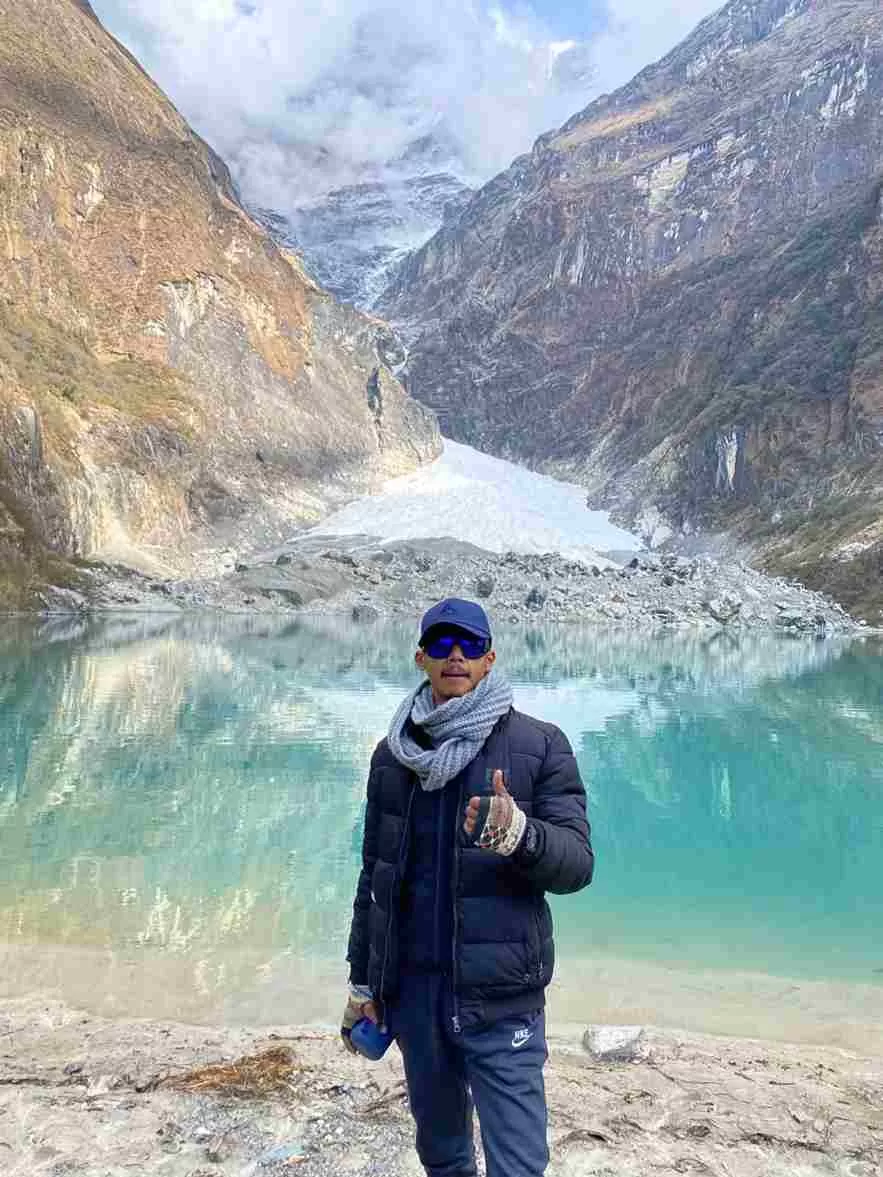
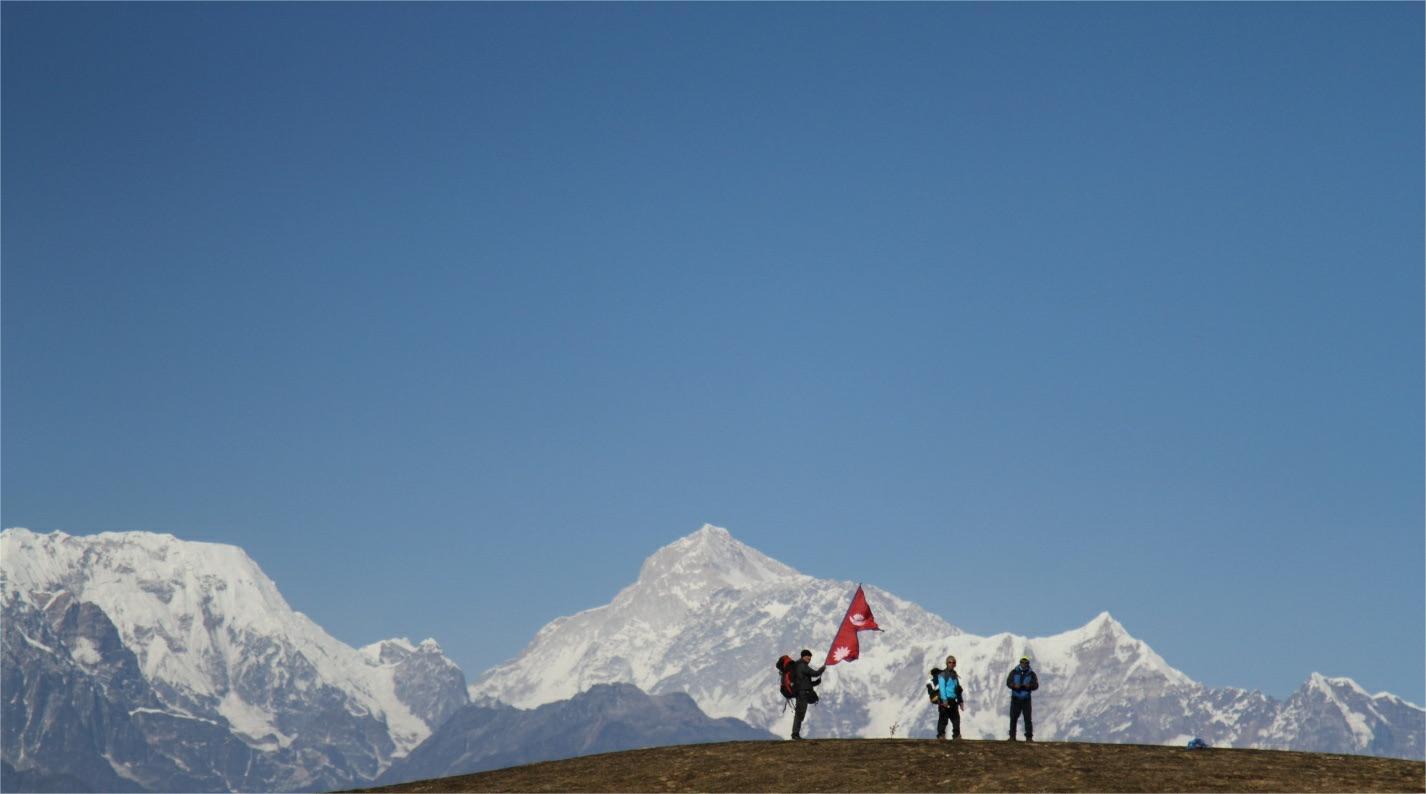
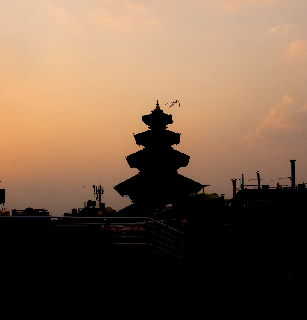
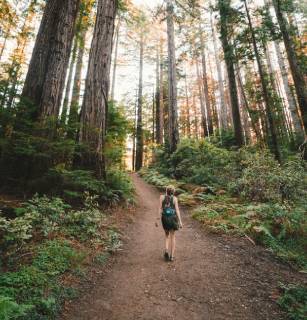
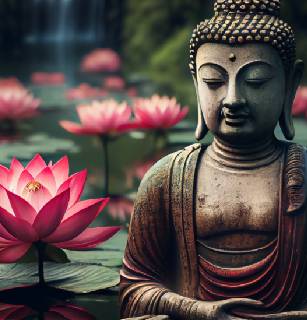
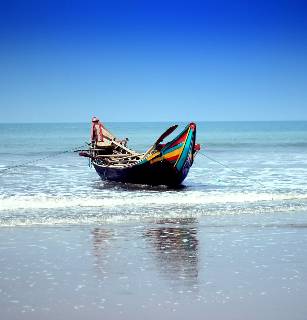
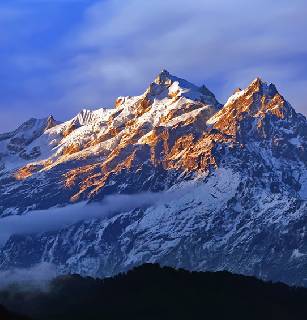
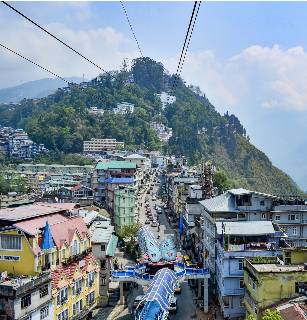





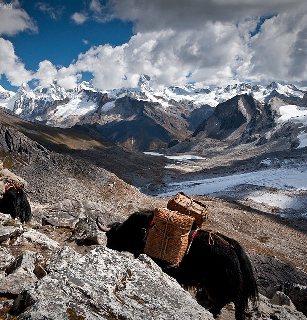


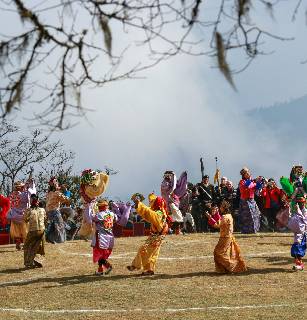
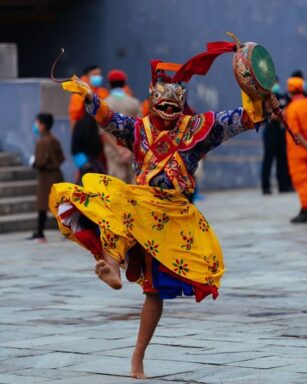
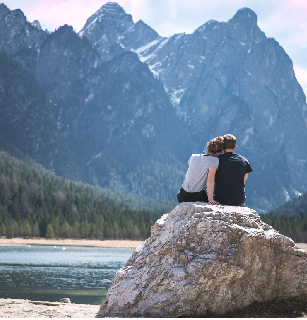
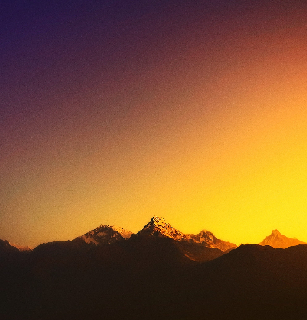
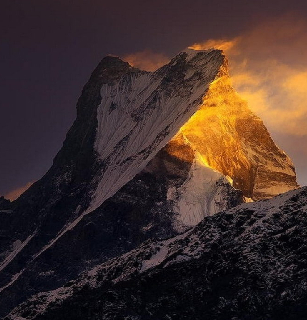
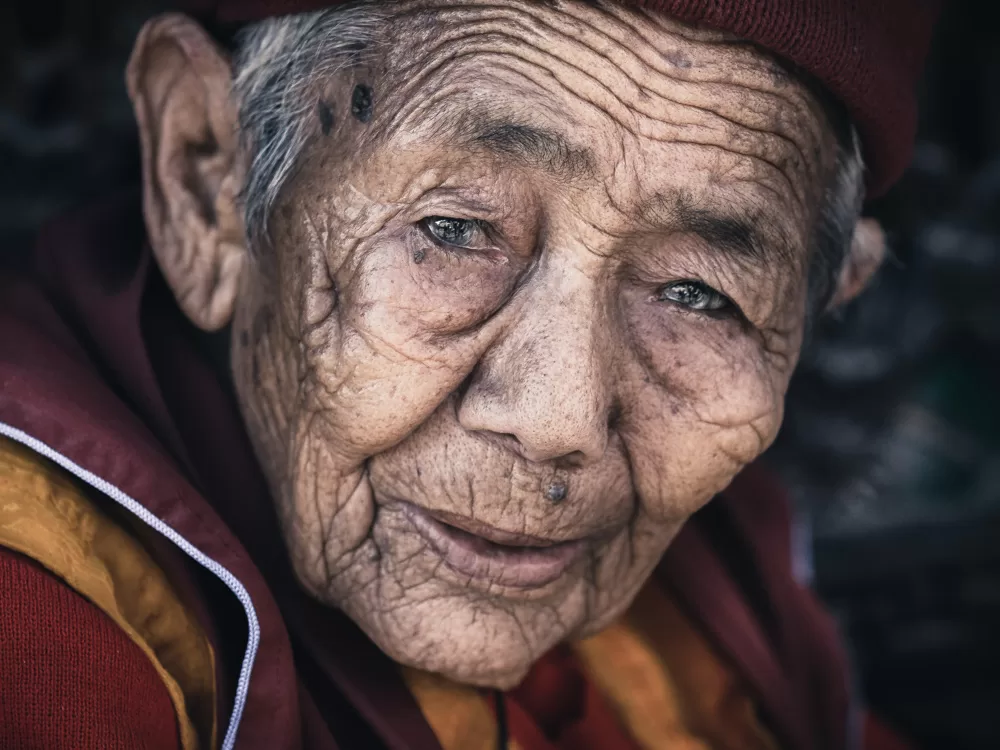
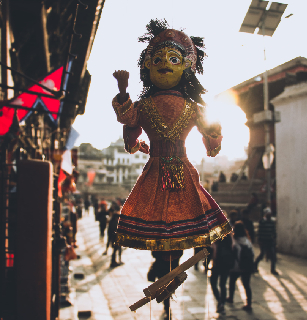
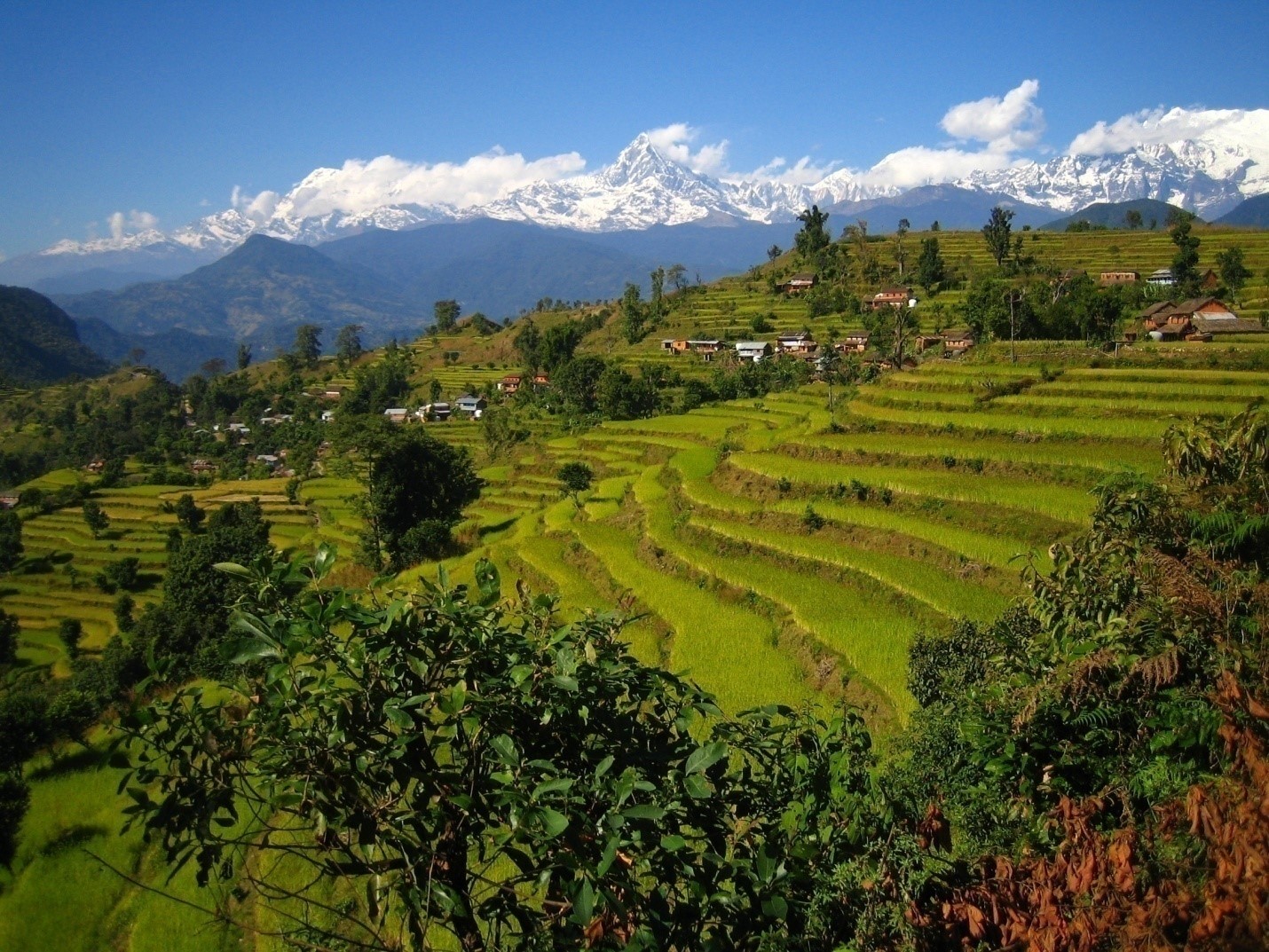






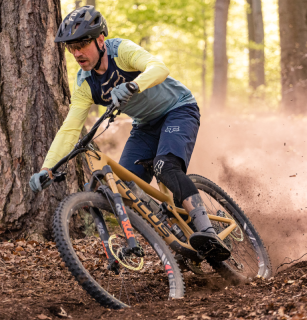
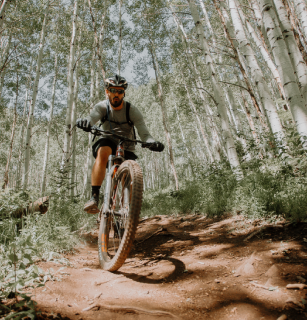
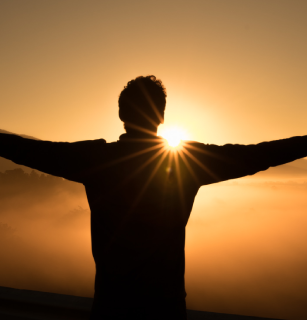
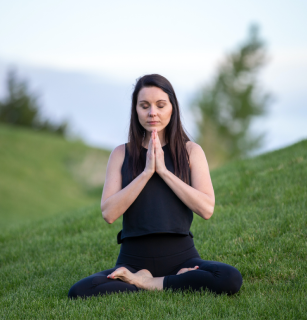
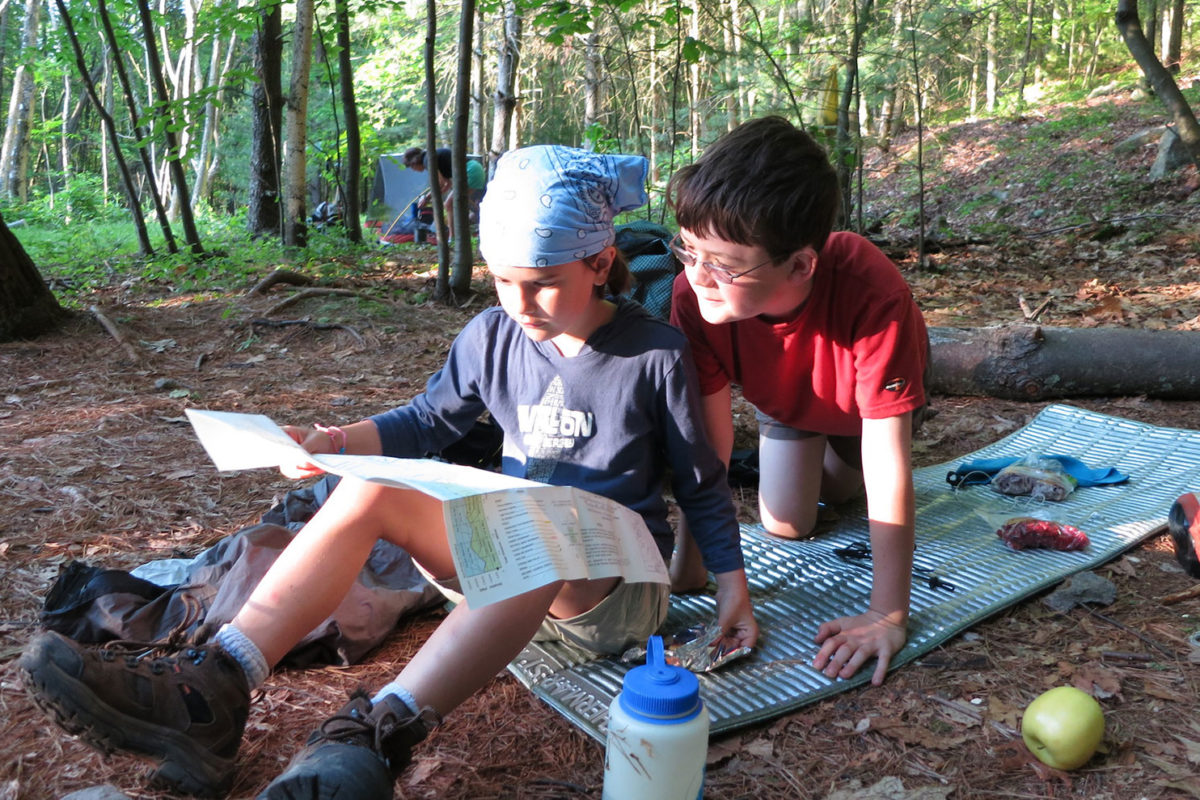
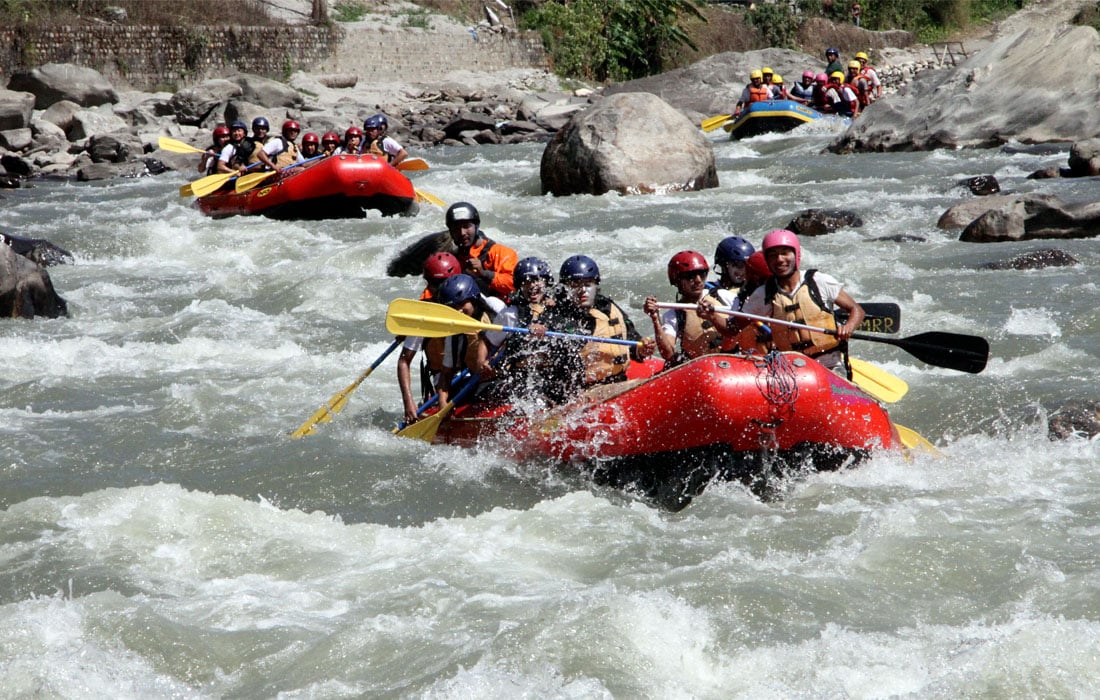
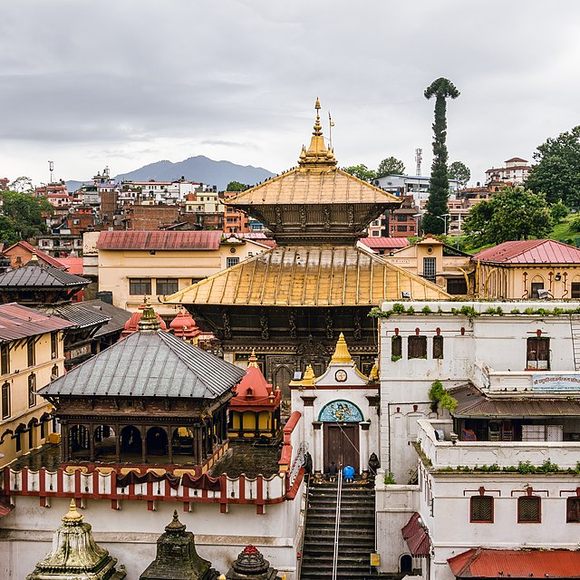
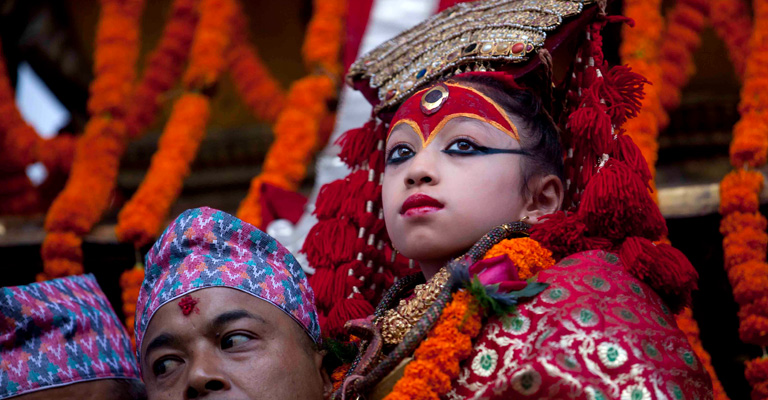


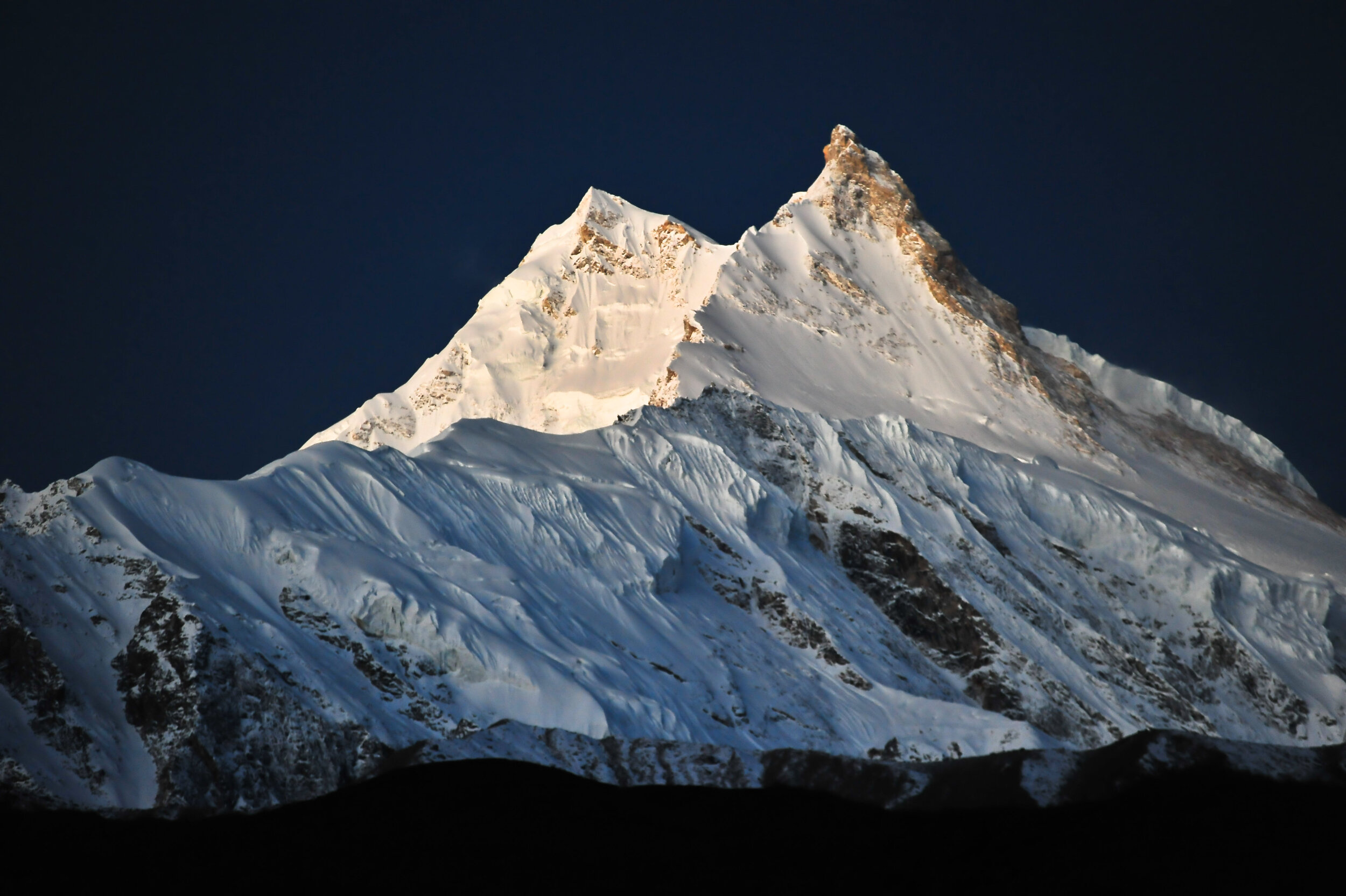

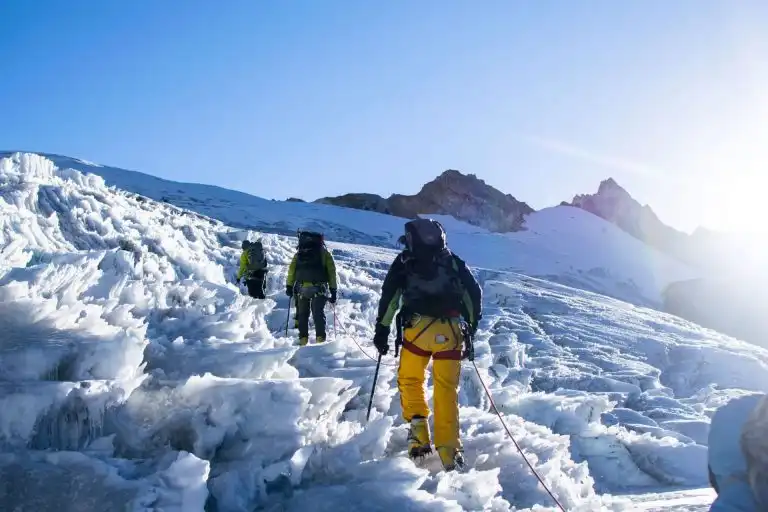
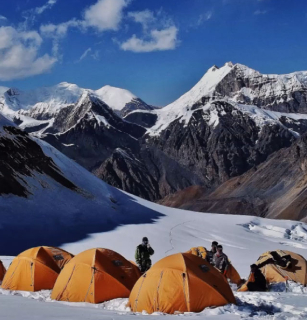

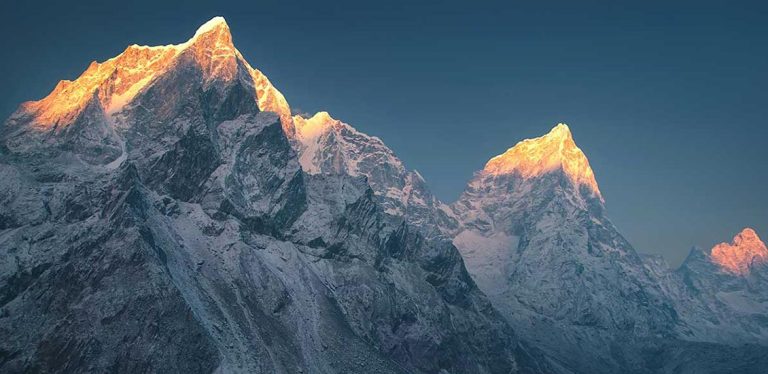
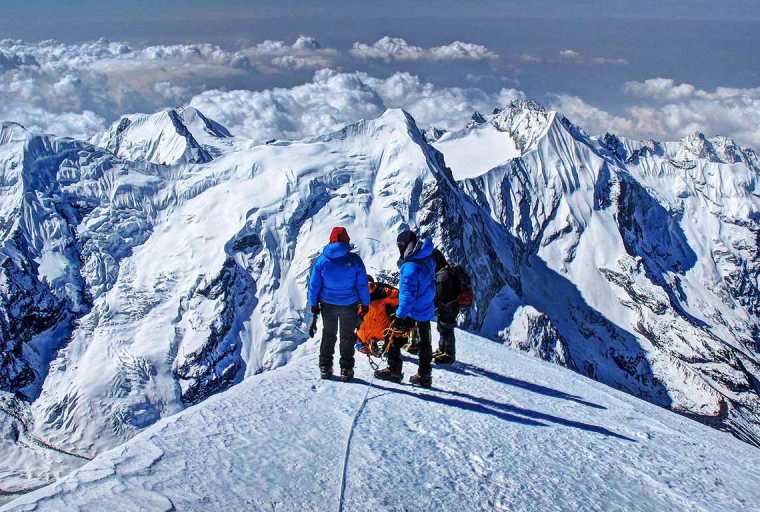
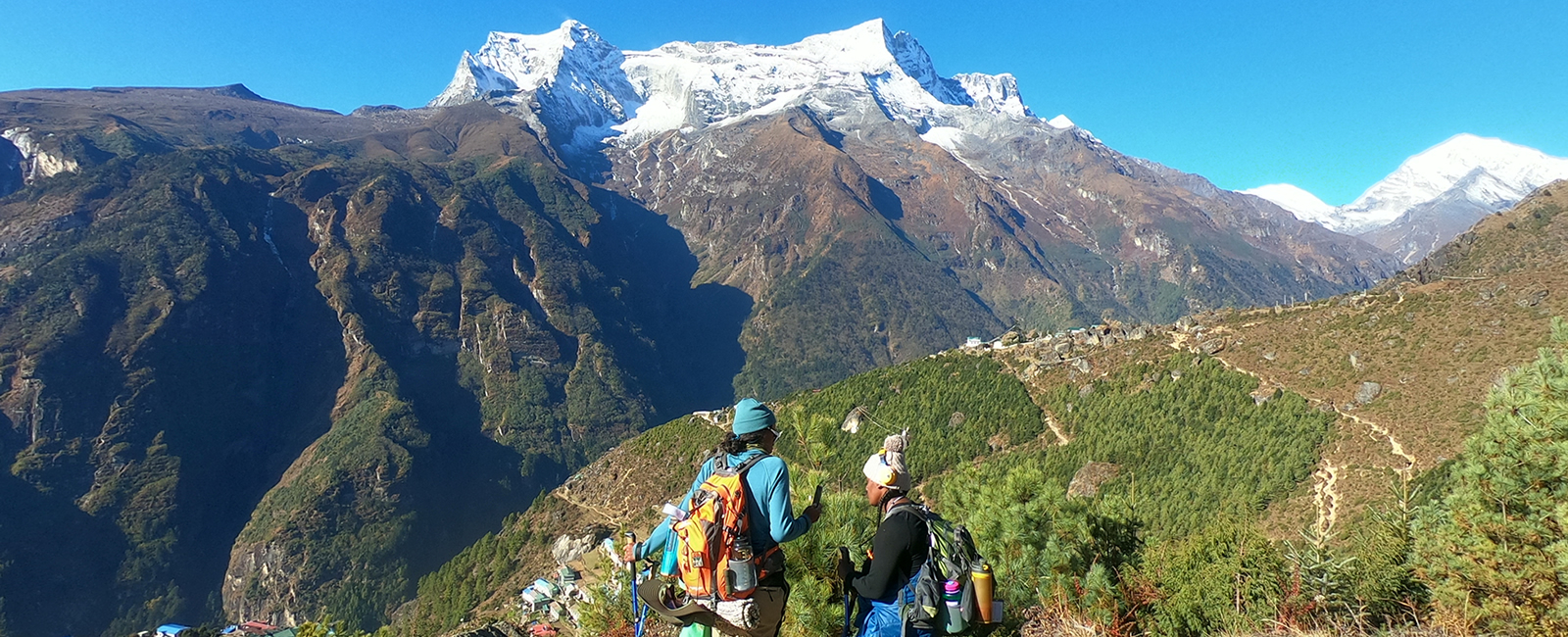
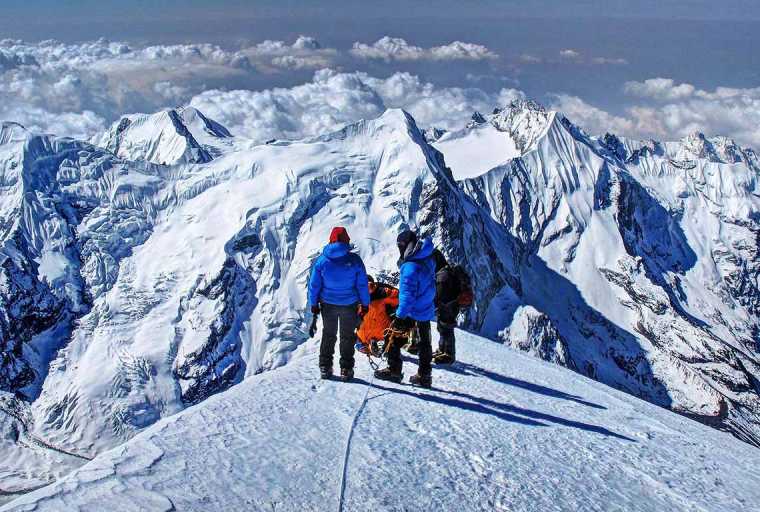

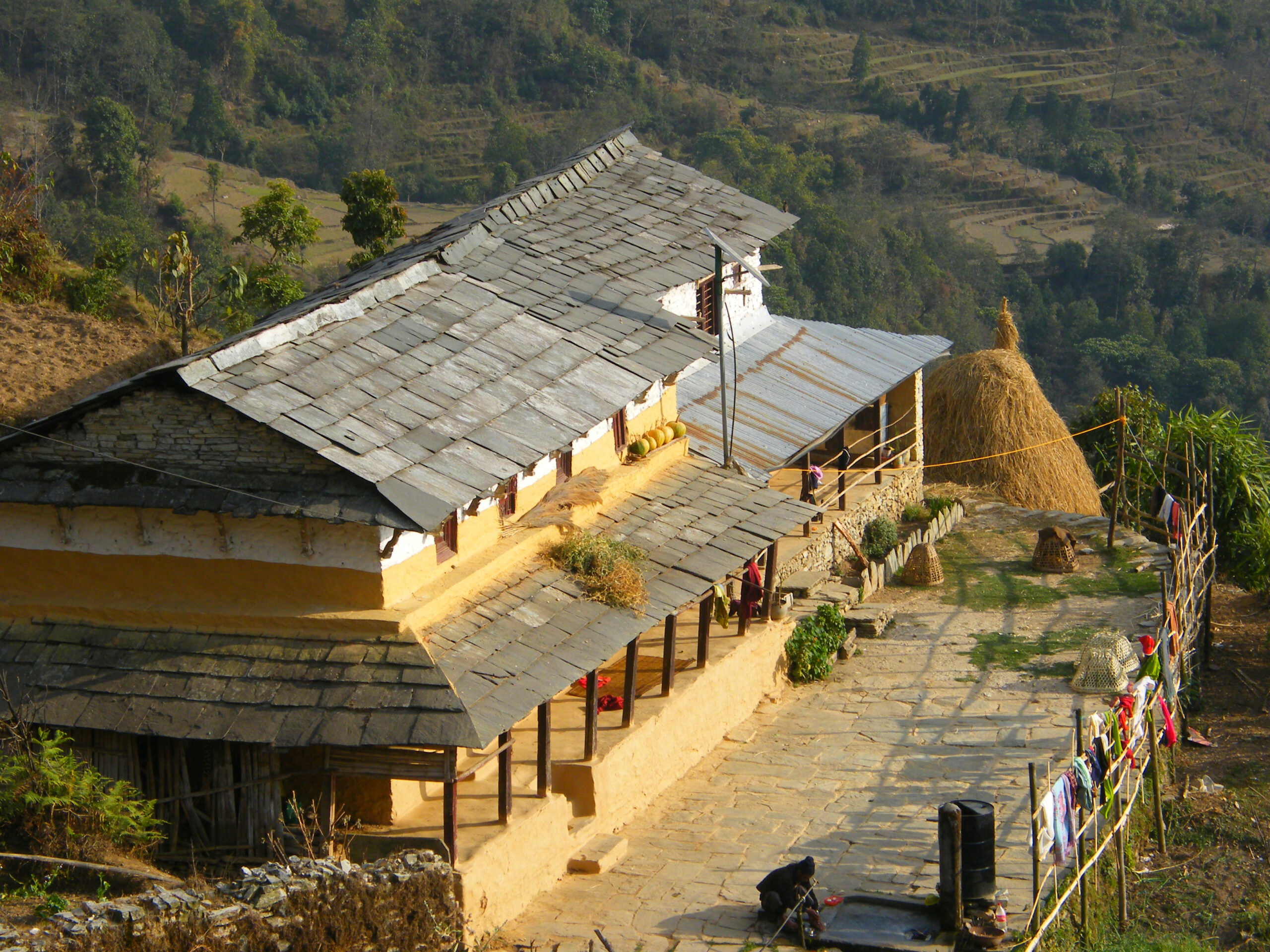
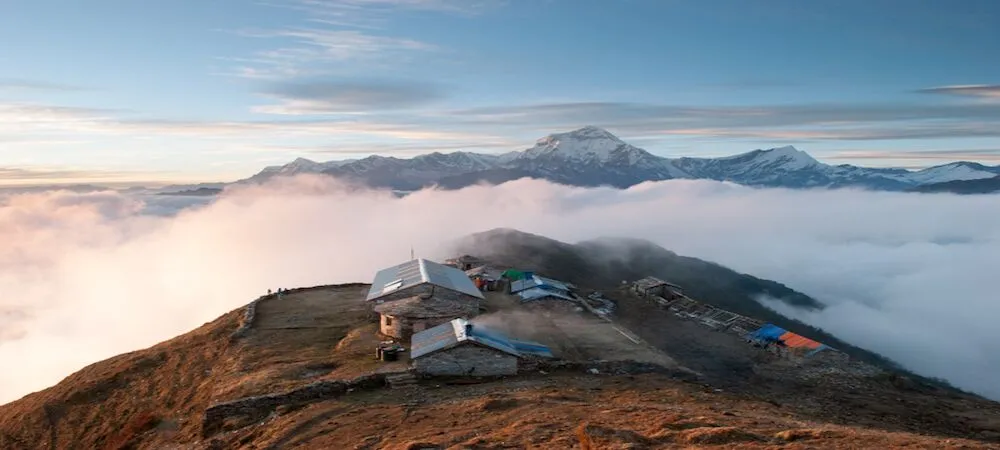
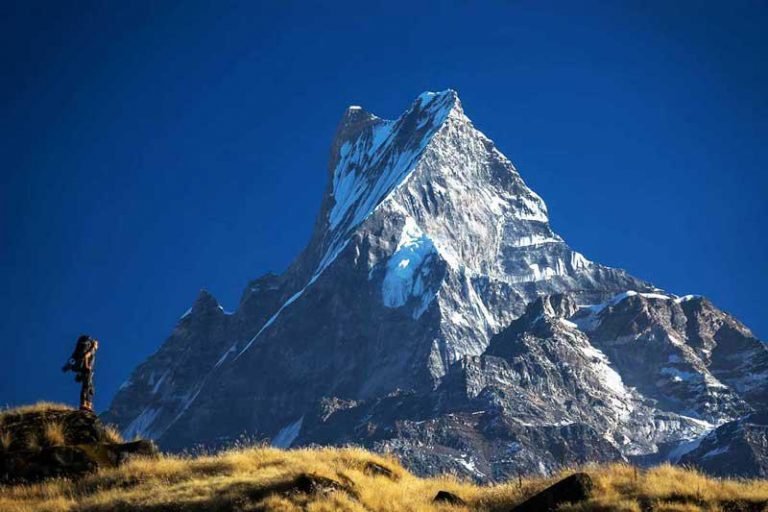
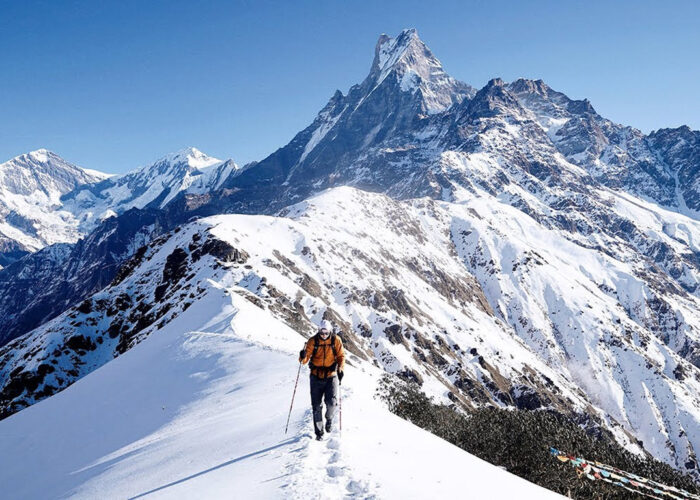
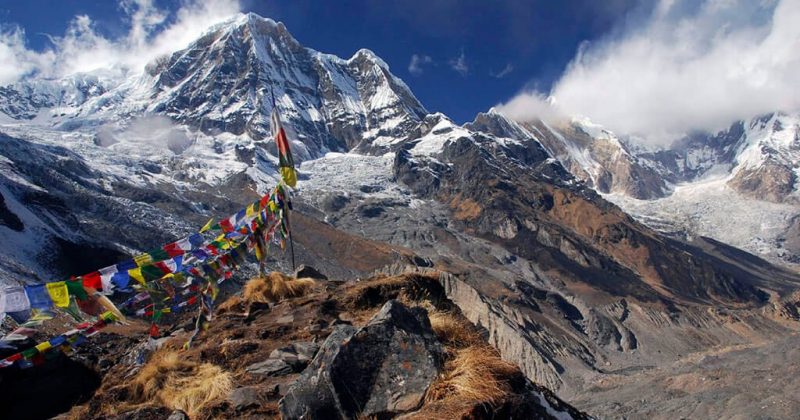
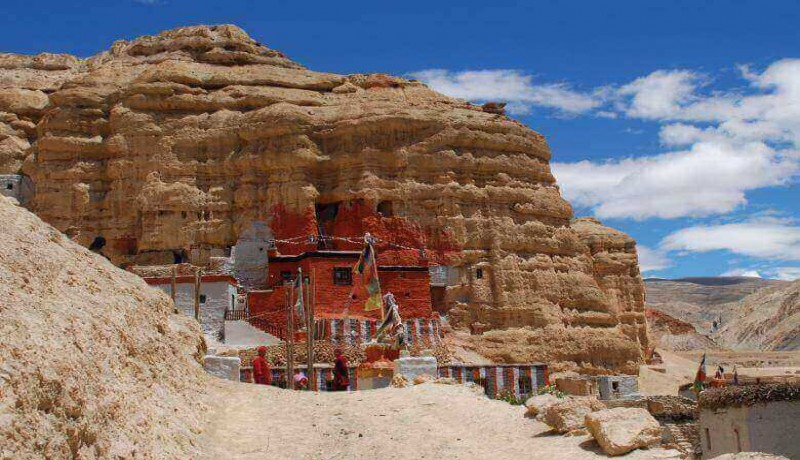
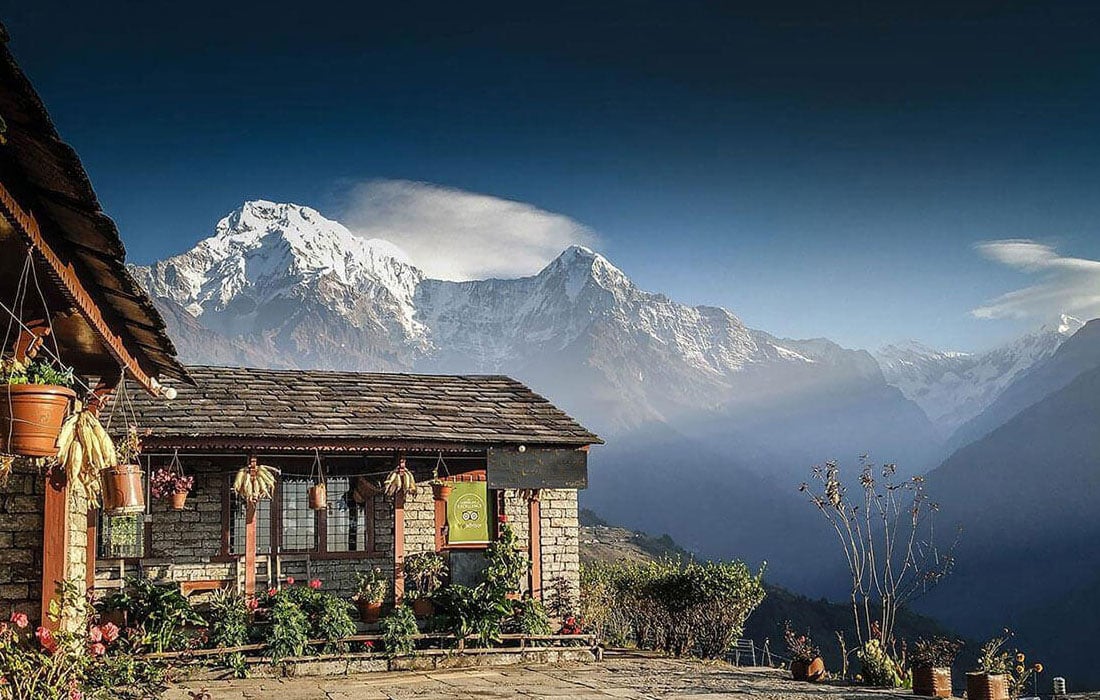
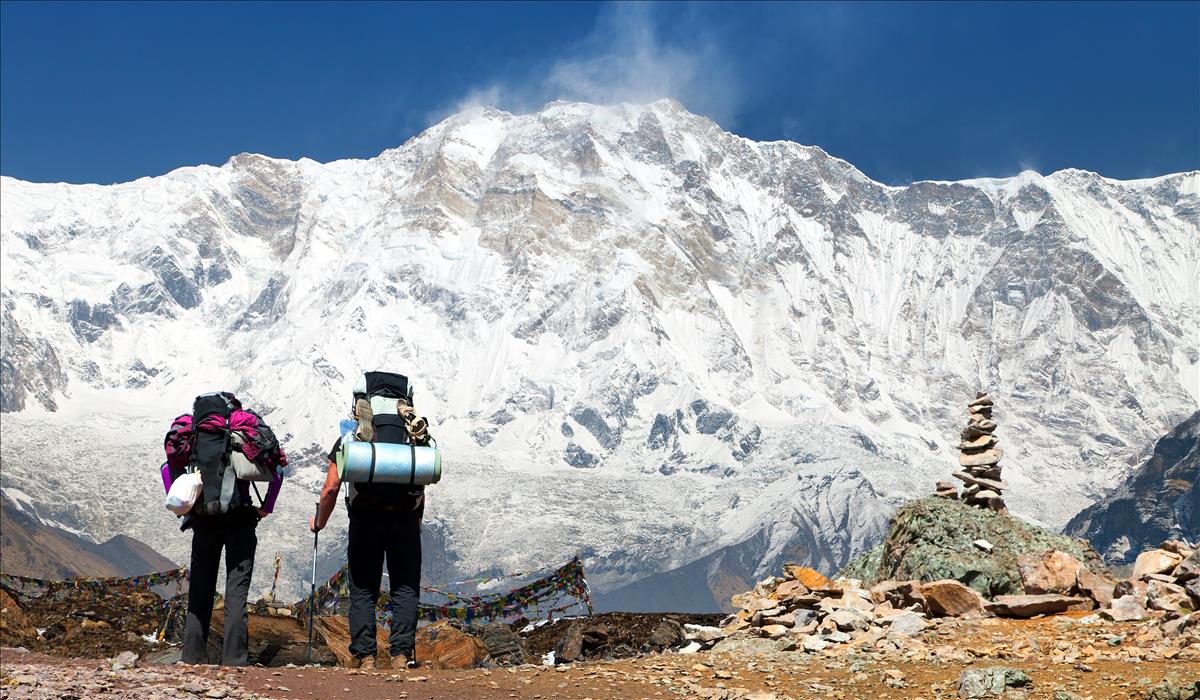


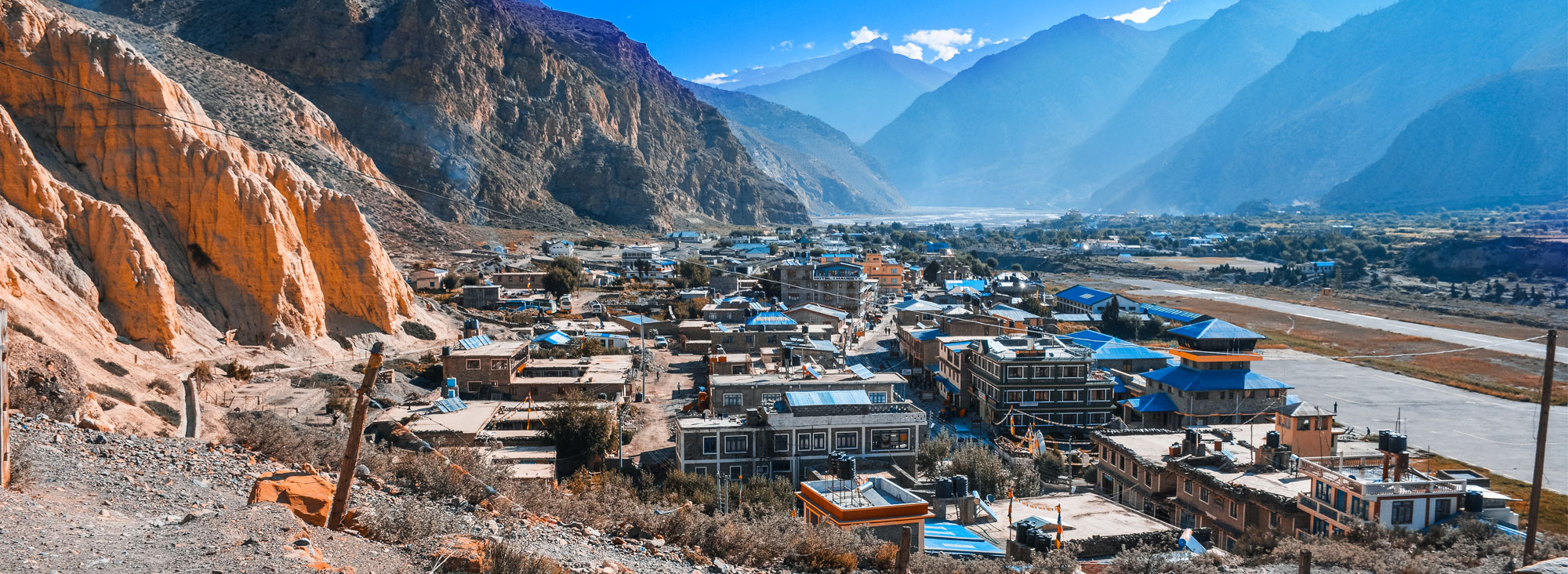
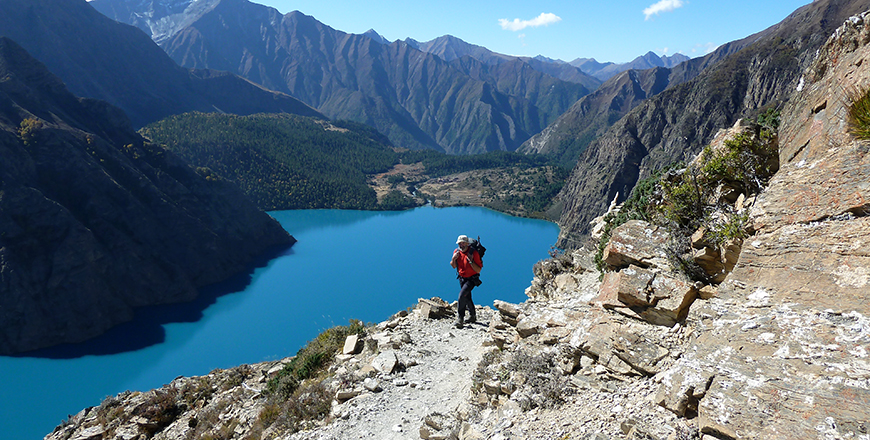
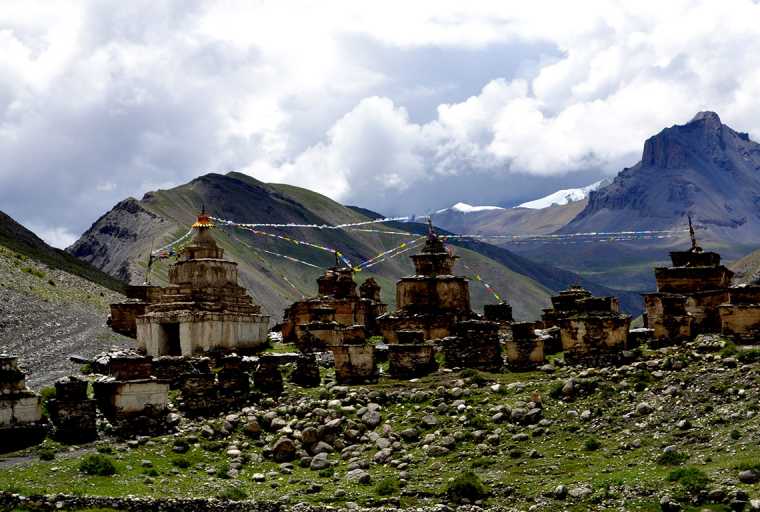
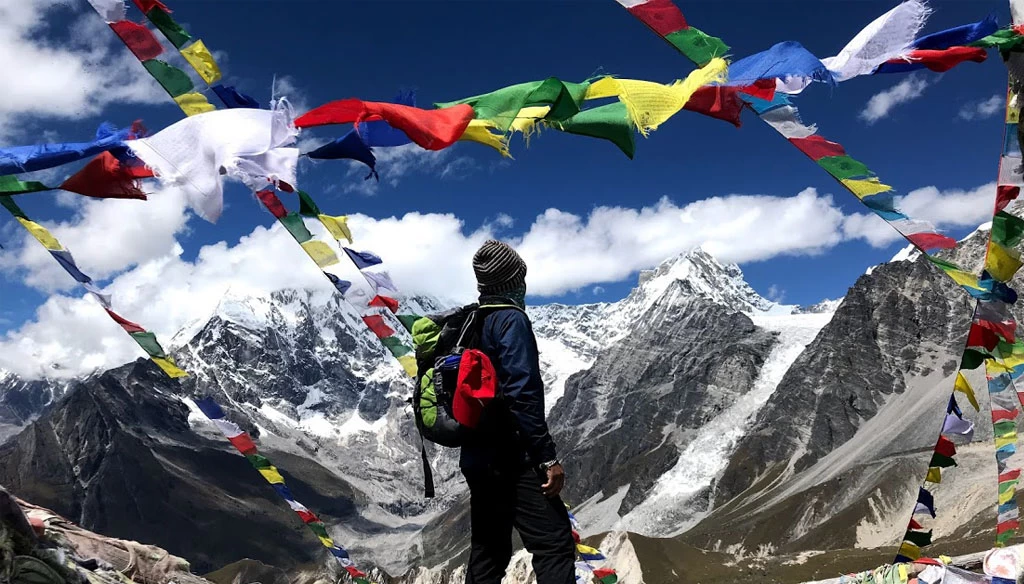

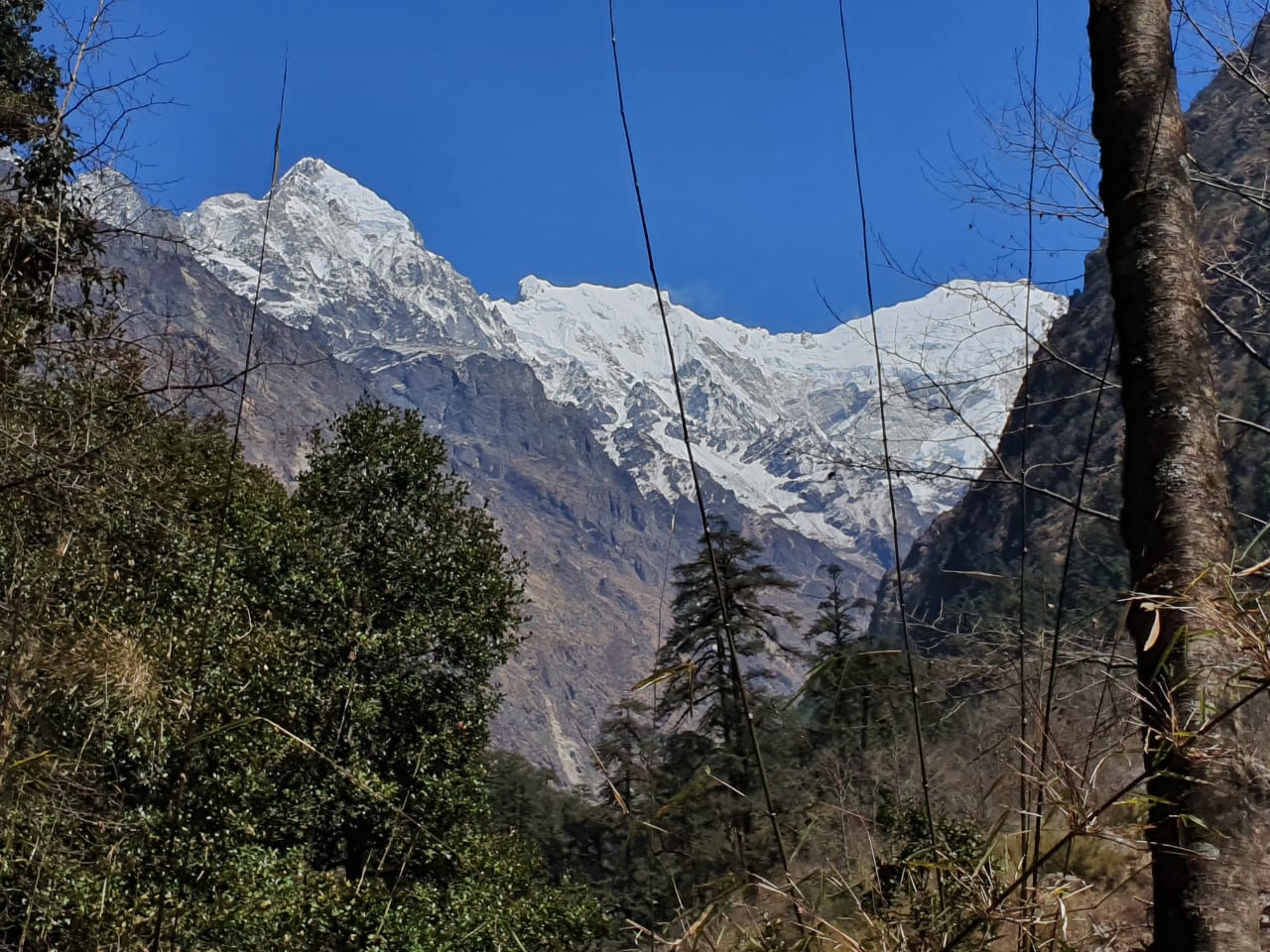
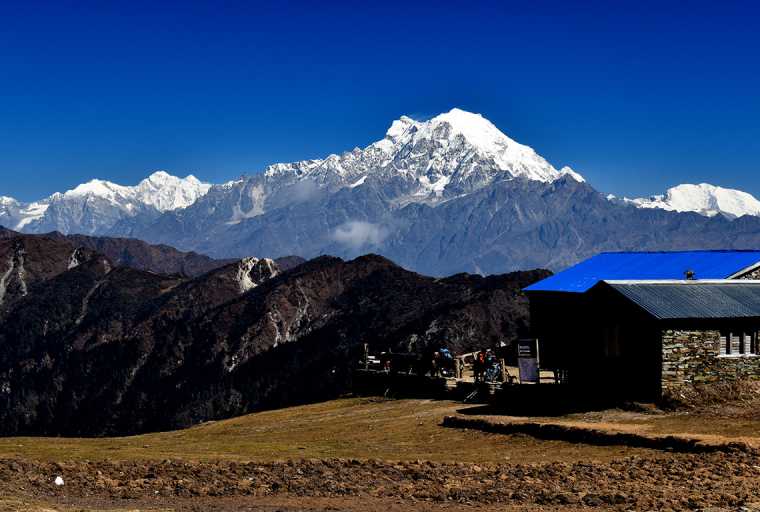
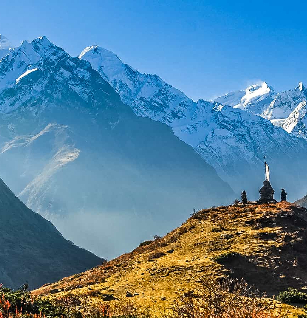
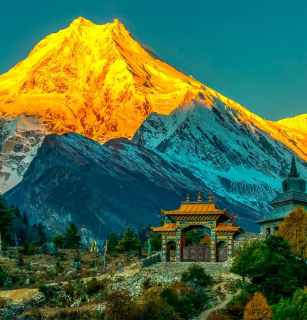
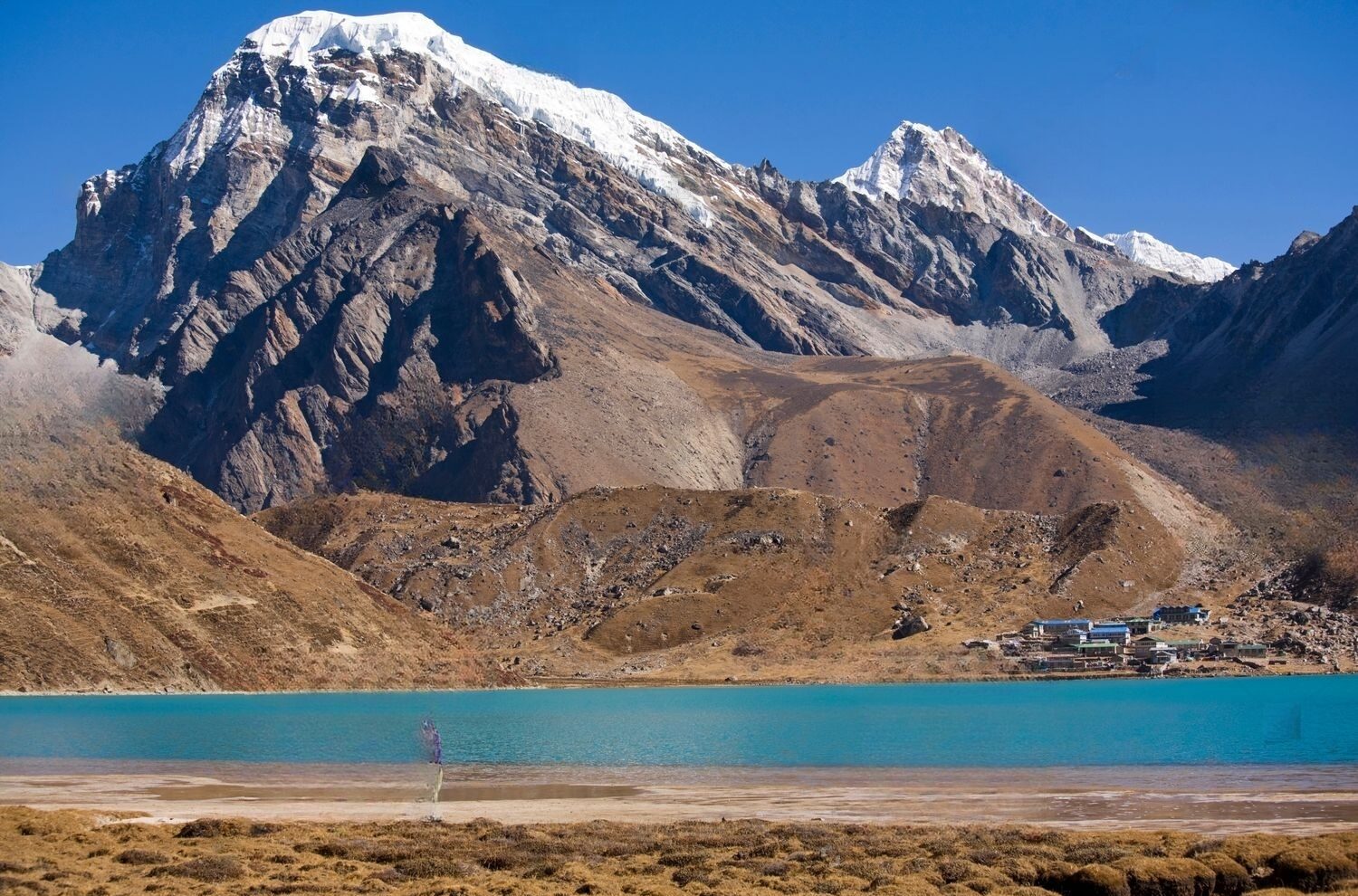

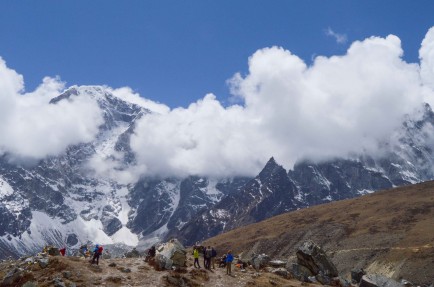
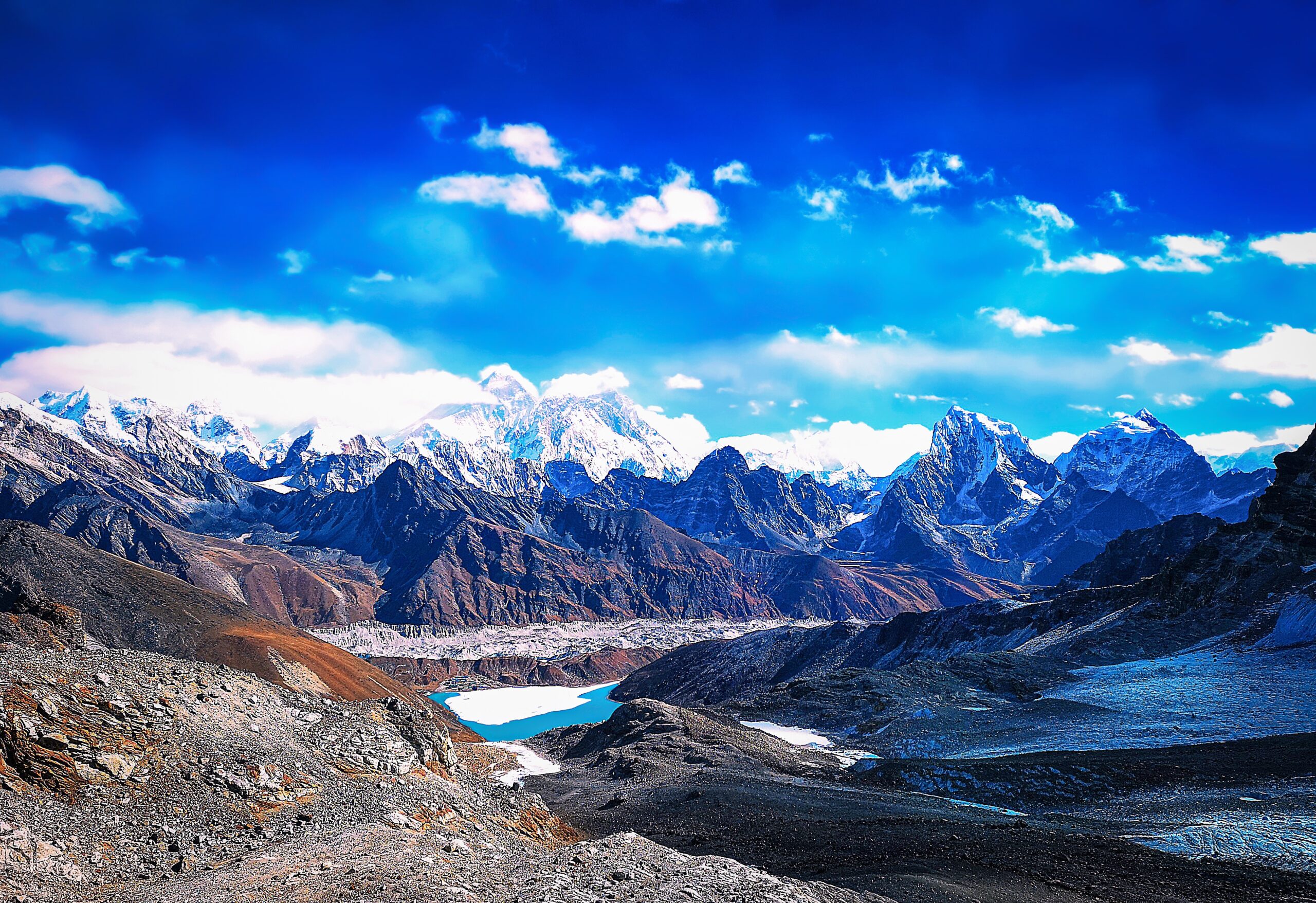


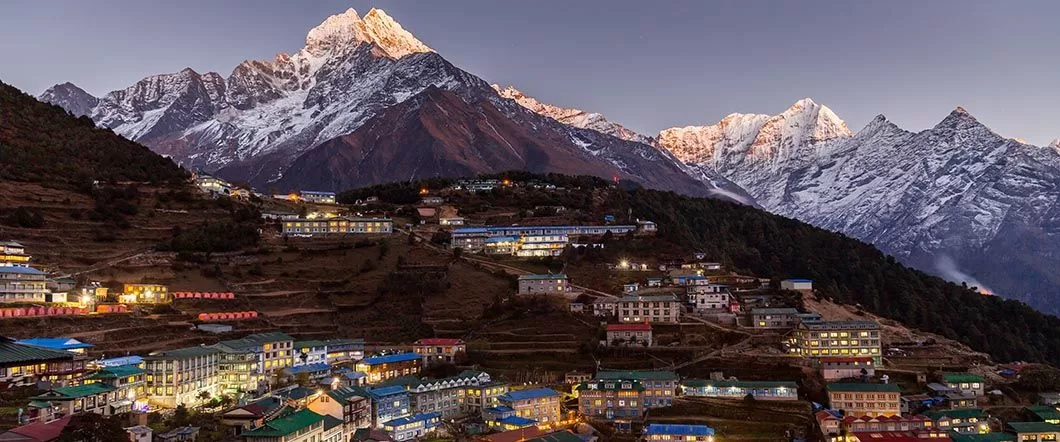


No Reviews Found